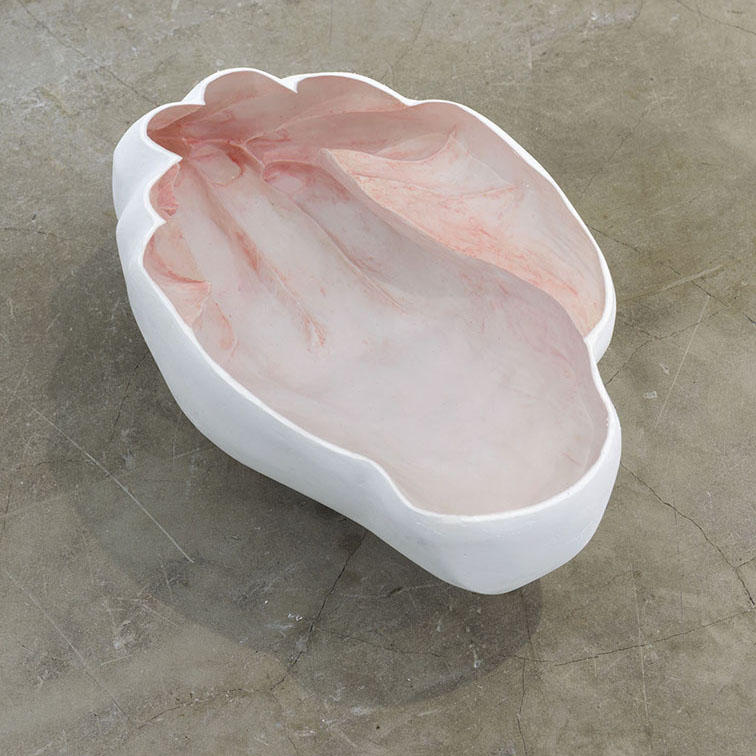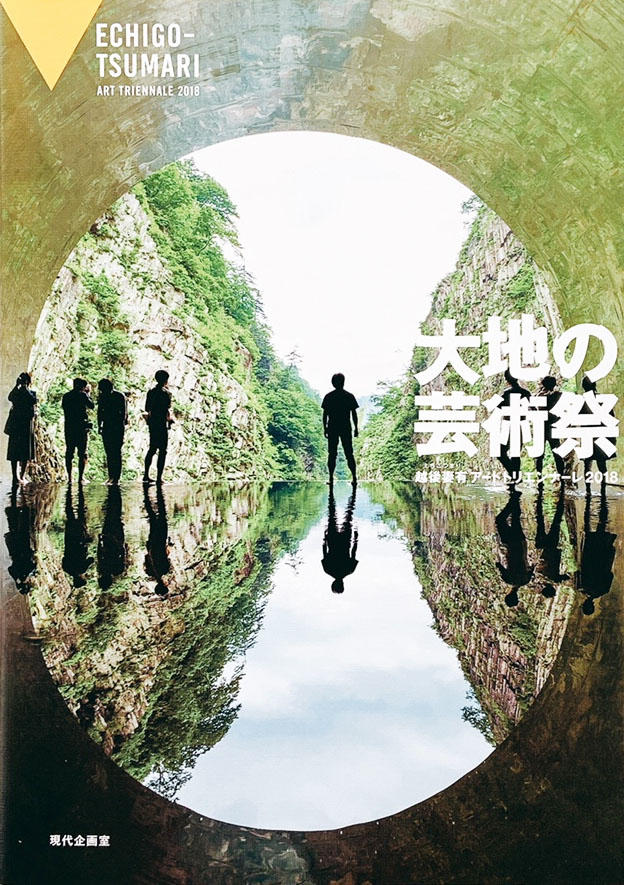Exhibition
Michiko Nakatani : Mask in the Bright Day / Harden the Night
2019, Aug.9(Fri) – Sep. 1(Sun)
| Date | 2019, Aug.9(Fri) – Sep. 1(Sun) |
|---|---|
| Hours | 11:00 - 19:00 (closed on Mondays,Tuesdays and Aug.14-15) |
| Reception | 2019, Aug.9(Fri) 18:00-20:00 |

"Beyond the river, voice calling for a boat" Echigo-Tsumari Art Triennale / 2018 / Photo: Hayato Wakabayashi
Nonetheless They Are Sculptures
Makoto Murata (Art Journalist, Director of BankART School)
What is the difference between painting and sculpture? Painting is flat and sculpture is three-dimensional. That is the simple answer. But even paintings have a certain thickness, while our retina only receive the surface of a sculpture. One can add that painting is viewed from a fixed viewpoint, while sculpture is viewed by walking around it. Having said that, few people actually regard paintings and sculptures so strictly. One can go on to say that paintings are hung on walls while sculpture stands on the floor. So, are relief carvings actually paintings? Are Japanese folding screens (byobu) paintings or sculpture? The work of Michiko Nakatani raises this type of essentialist question about the nature of the two great artistic media.
Leaving aside her themes and motifs, Nakatani first makes a clay relief prototype, then pours plaster over. Once it is set, she scrapes out the inside clay. The plaster becomes a negative mould. Normally an artist would then pour in a material such as bronze, but Nakatani fills the mould with transparent resin. She exhibits the result vertically, so it can be hung on a wall, or become part of a wall, as it has a flat surface. Although the effect is close to painting, it is certainly sculptural in terms of creative method and concept. One might better say that Nakatani makes the sculptural quality of her work stand out all the more because of its mimicry of painting format.
The negative mould matters a great deal to Nakatani. Normally a sculptors’ final piece comes from the positive side. In such cases, it is the space surrounding the sculpture that becomes the negative in relation to that positive. But in Nakatani’s case one can say she inverts relationships between positive and negative. (May this derive from her female viewpoint? – an interesting possibility that I cannot elaborate on here.) In other words, if the essence of sculpture is the object’s external skin, or boundary, dividing the sculpture from surrounding space, then Nakatani creates a substance behind this skin. If that assessment is correct, her work may be called the rear side of sculpture, or perhaps inverted sculpture.
Nakatani expands the horizons of sculpture and relief. For instance, she emphasises shadow by using the translucent resin poured in the mould. Or she also makes vessel-like hollow pieces without a main body. This exhibition will reveal how her new work is even more complex. People might well hesitate to call it sculpture. The fact that they make us forget they are sculptures is an exciting feature. I love to see in Nakatani’s work the sculptural quality that makes one say, ‘nonetheless they are sculptures’.

"Beyond the river, voice calling for a boat" Echigo-Tsumari Art Triennale / 2018 / Photo: keizo KIOKU
Artists
Related News
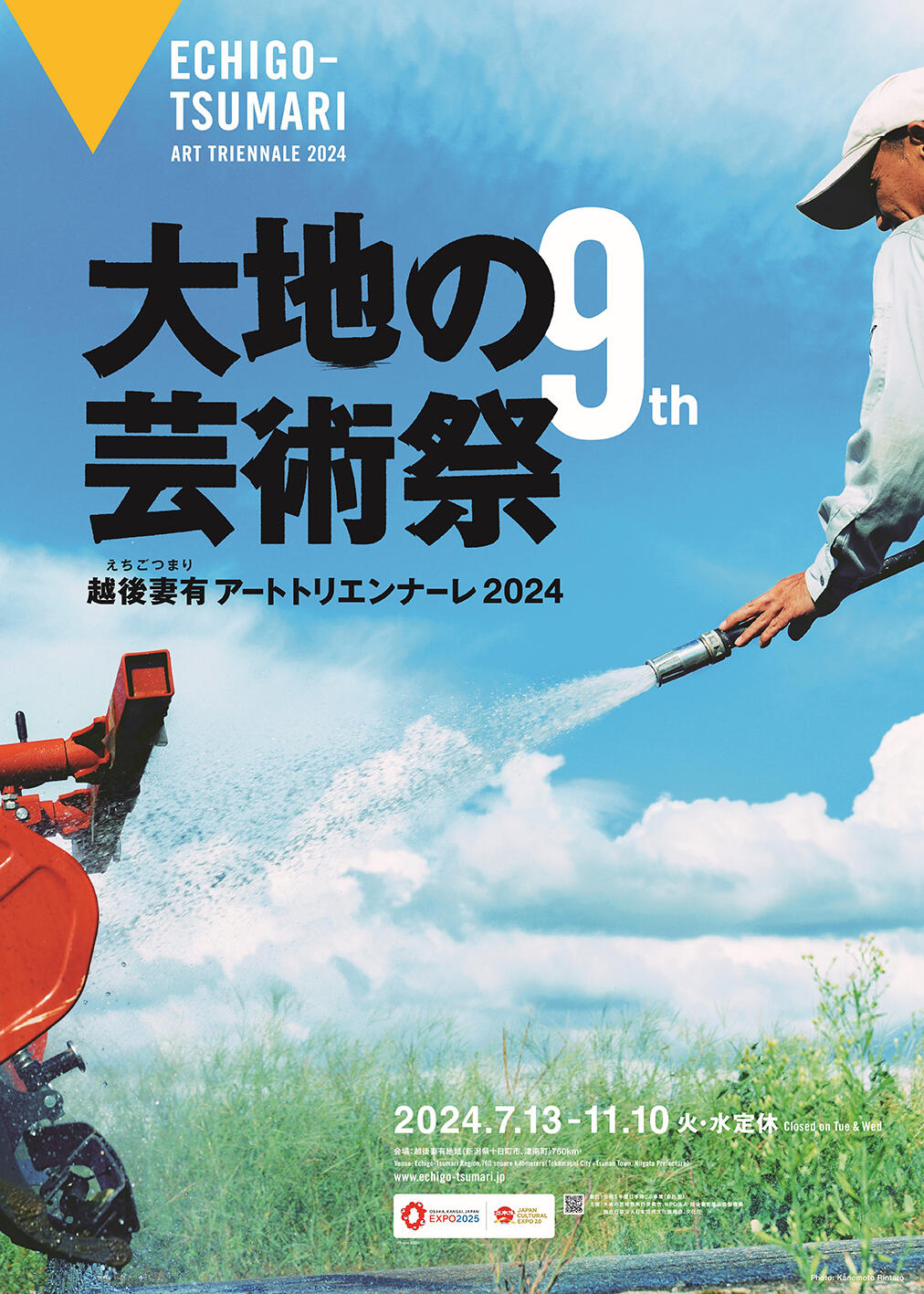
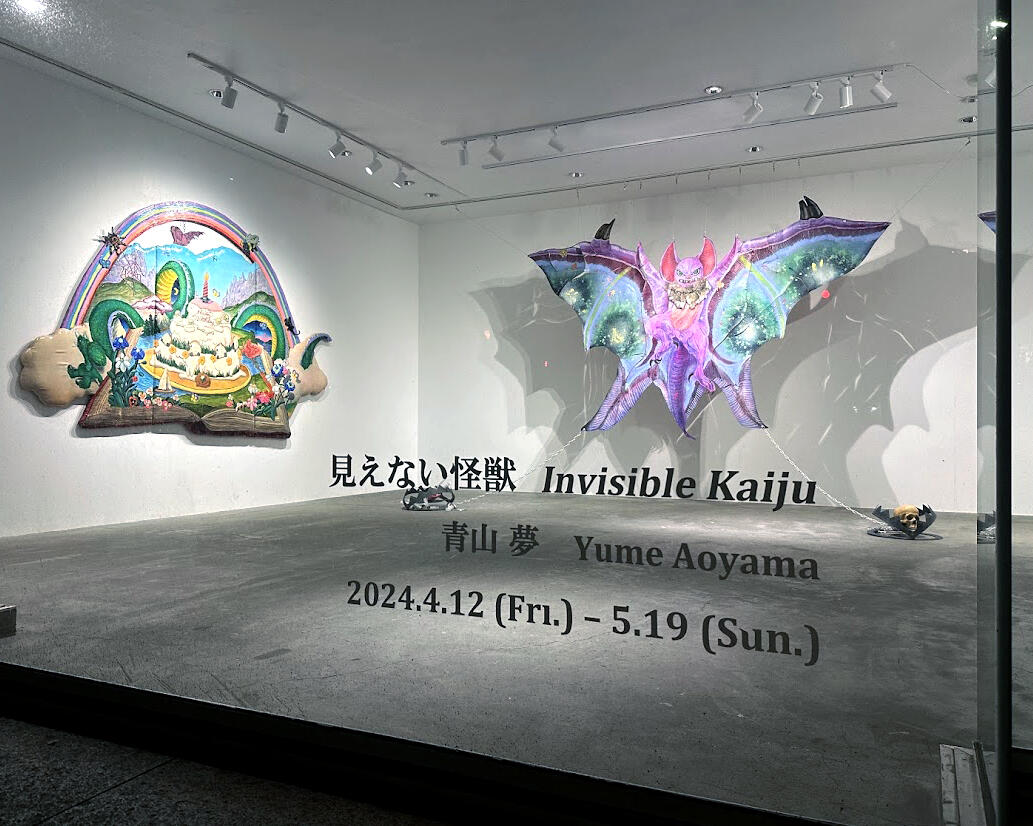
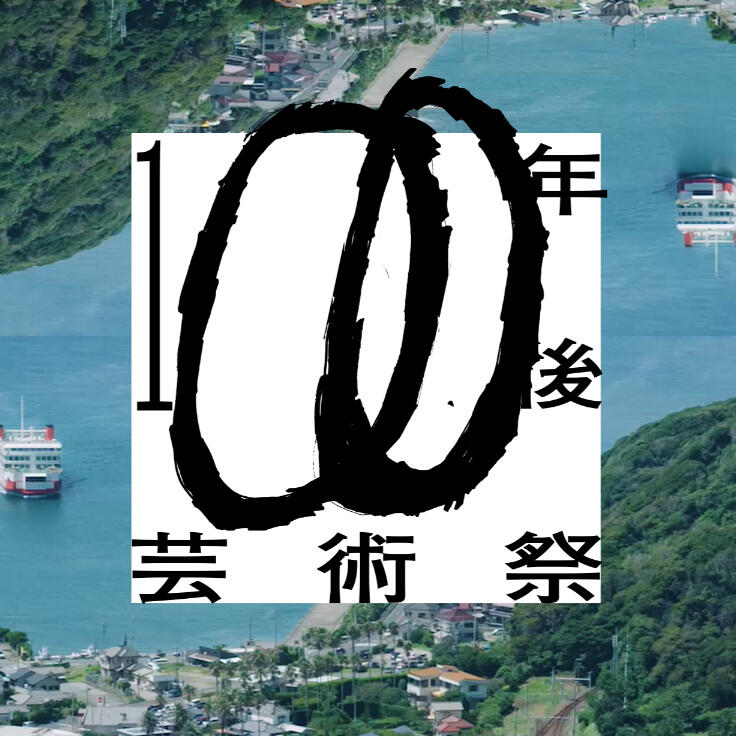
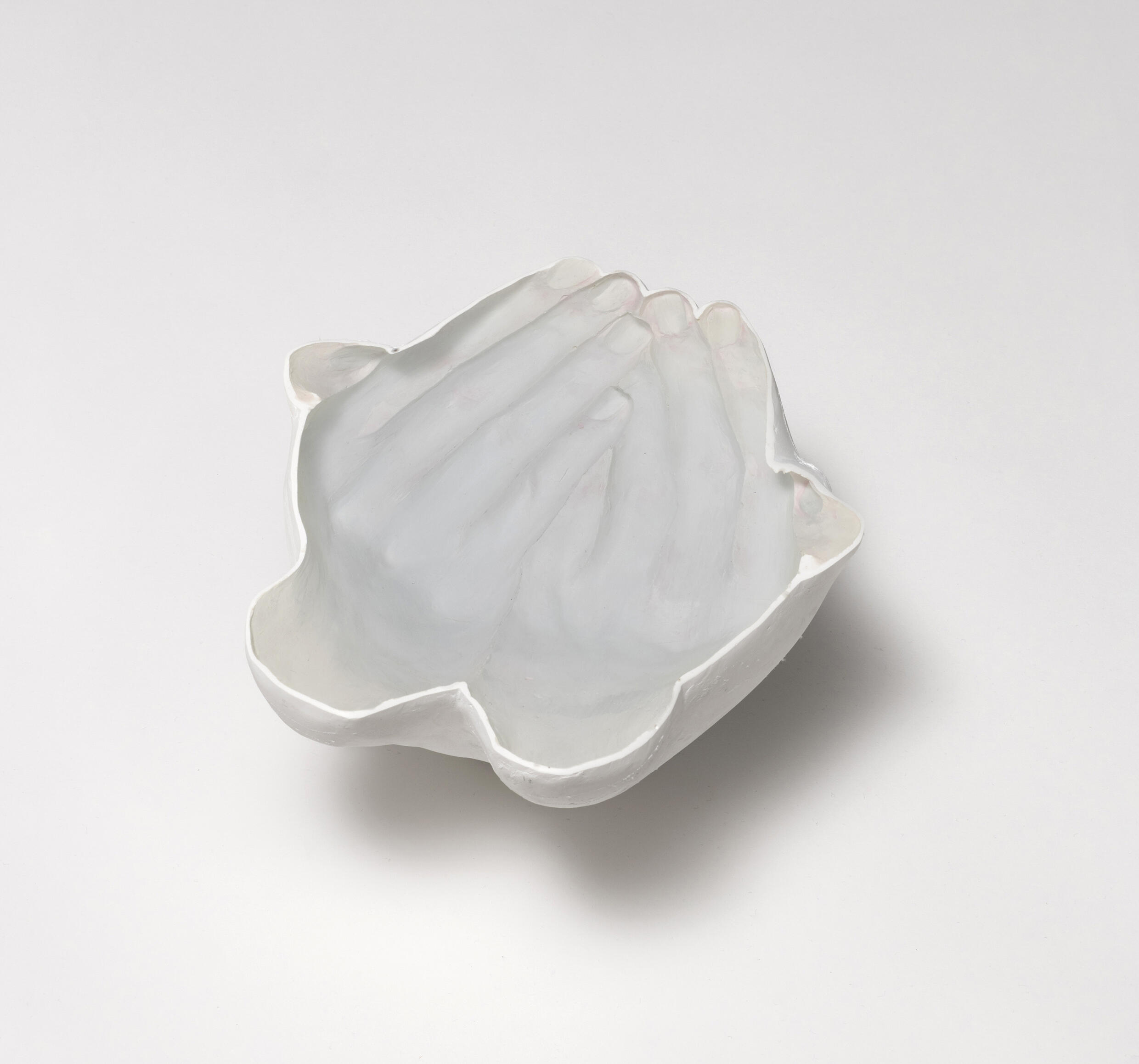
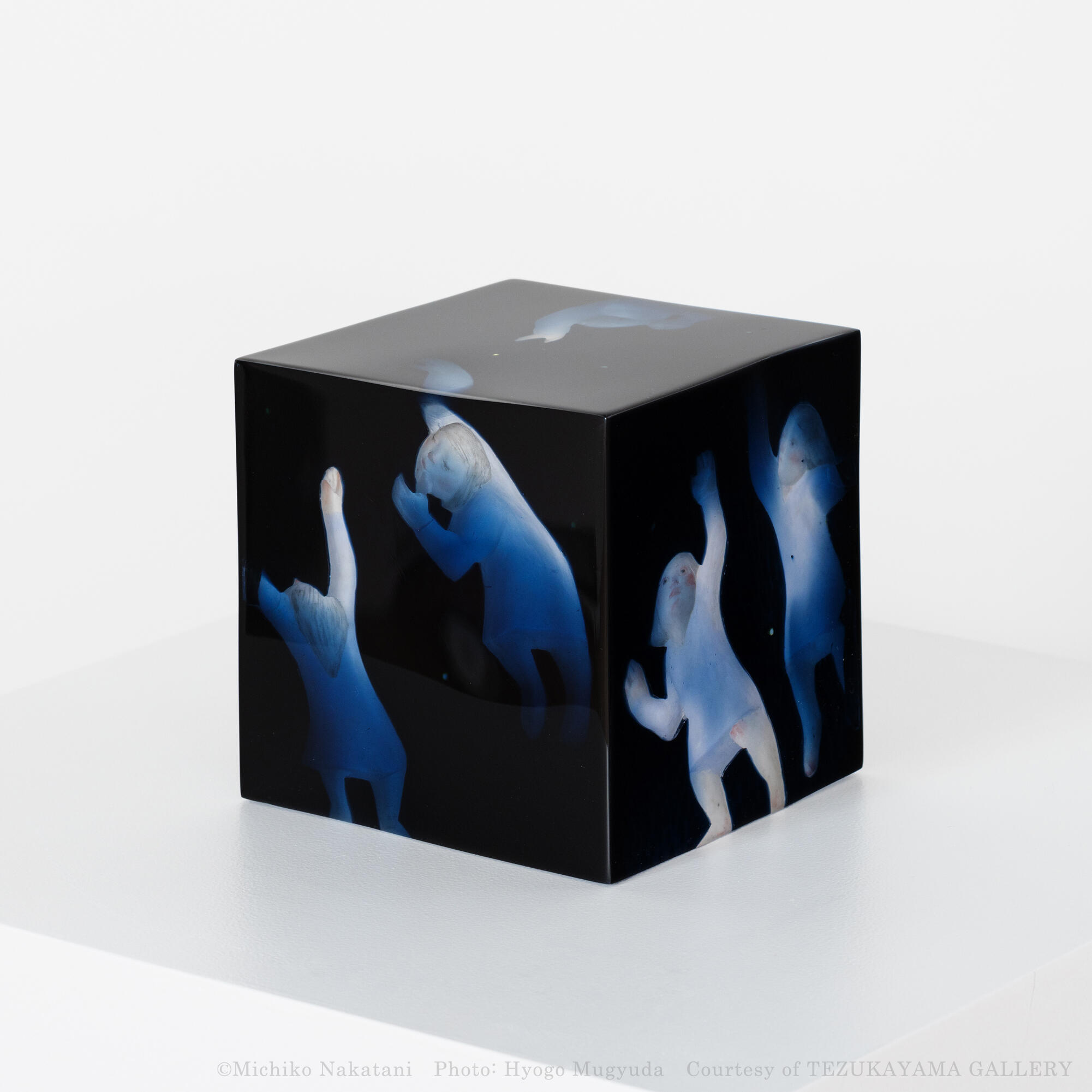
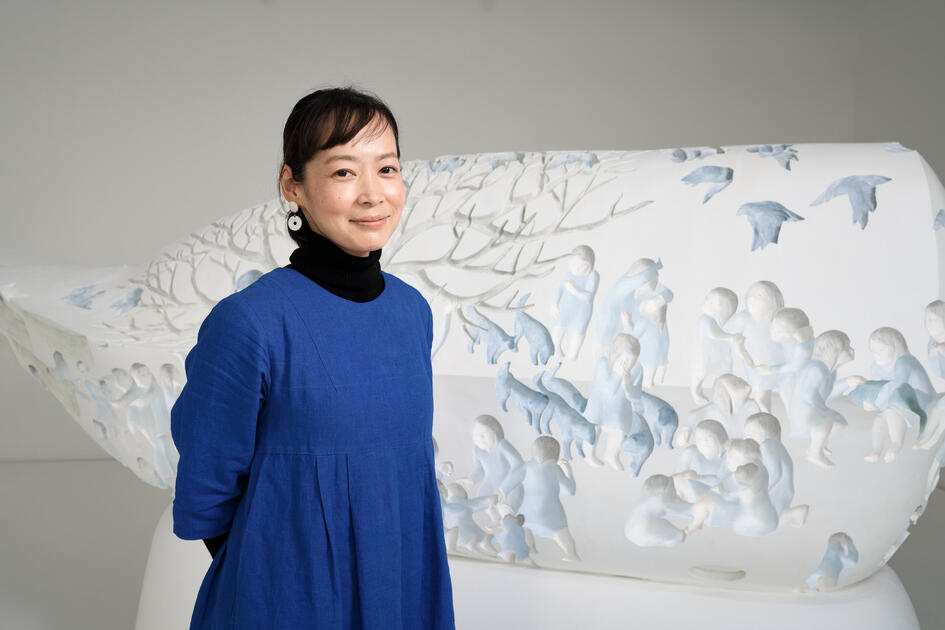
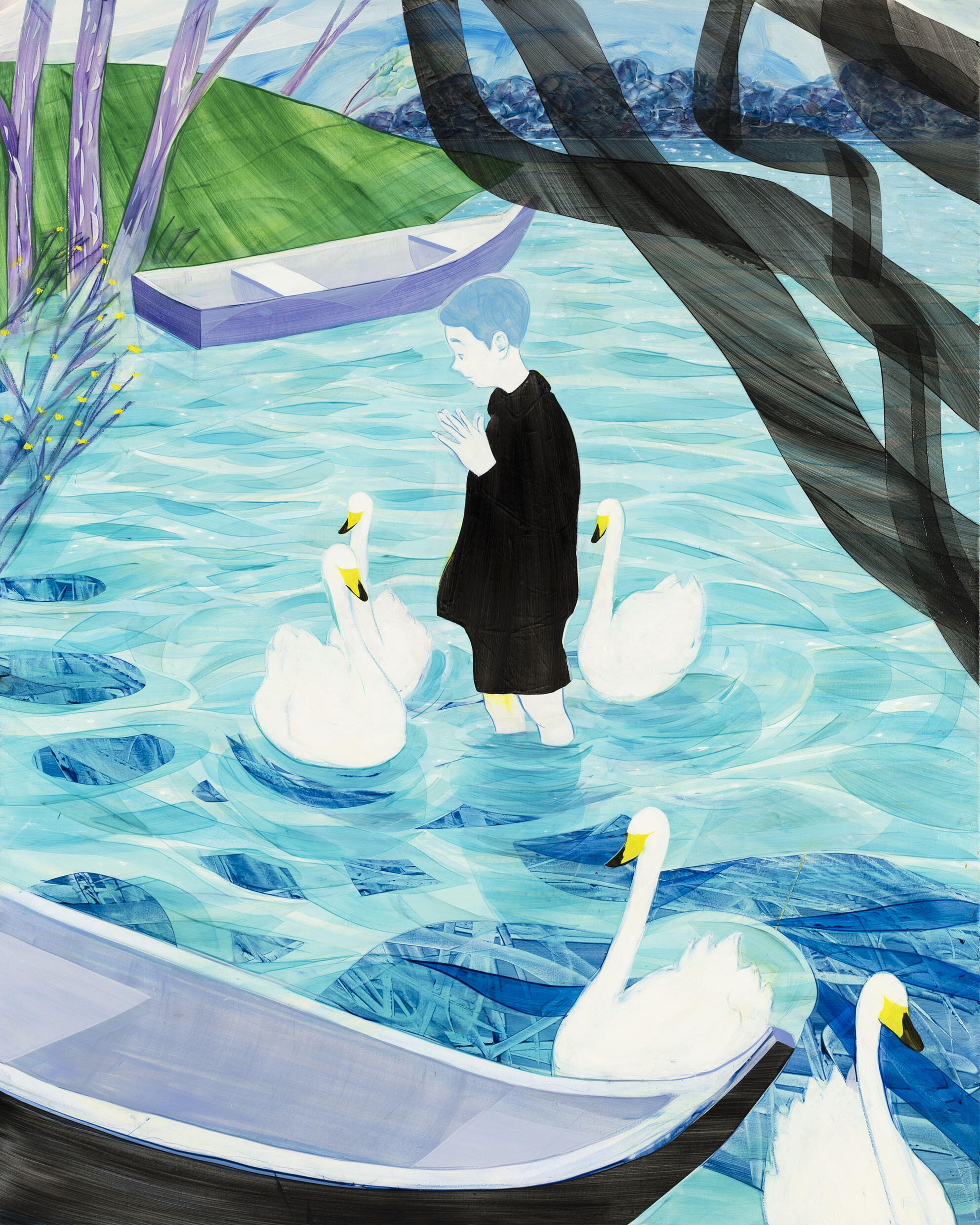
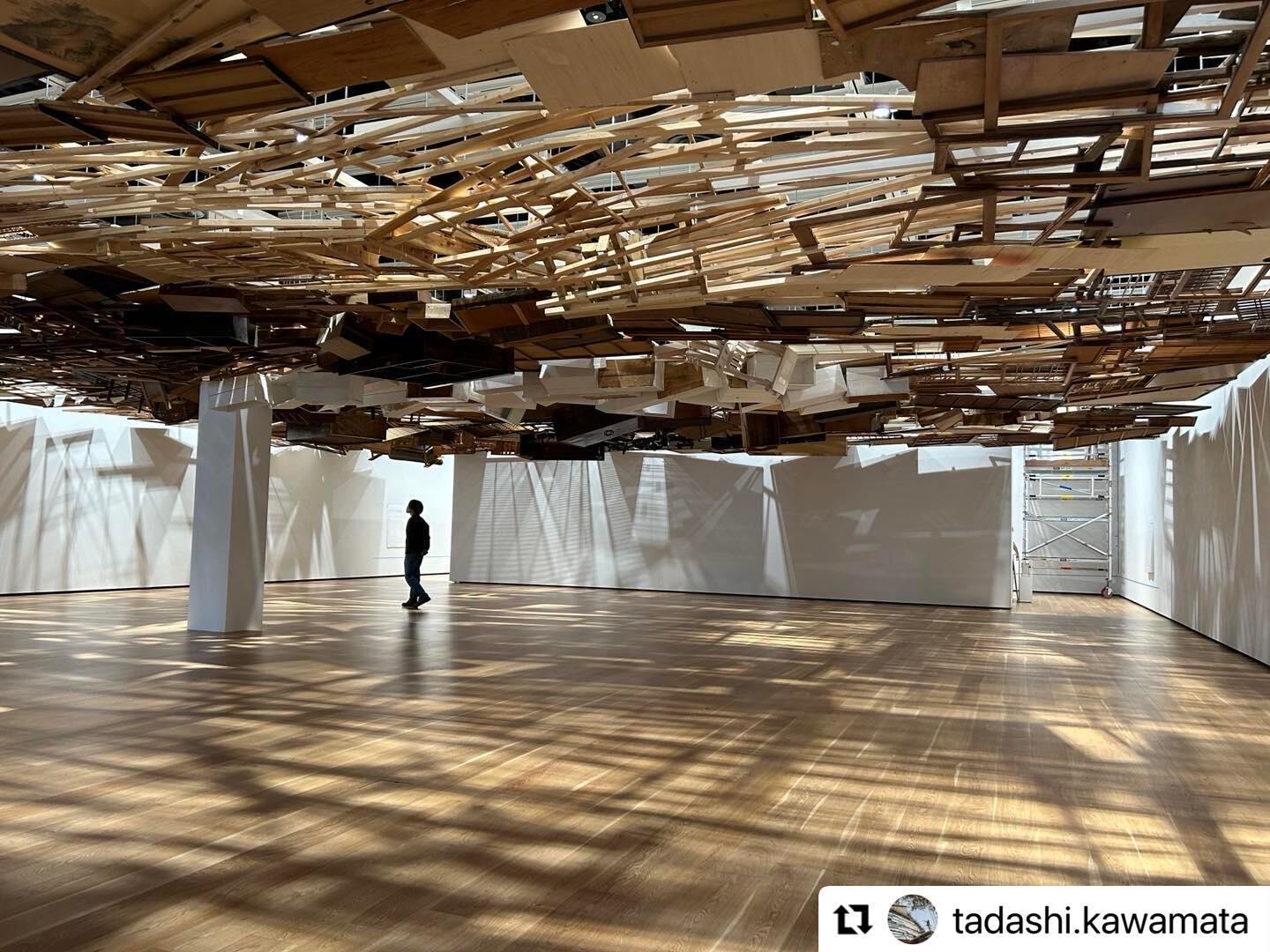
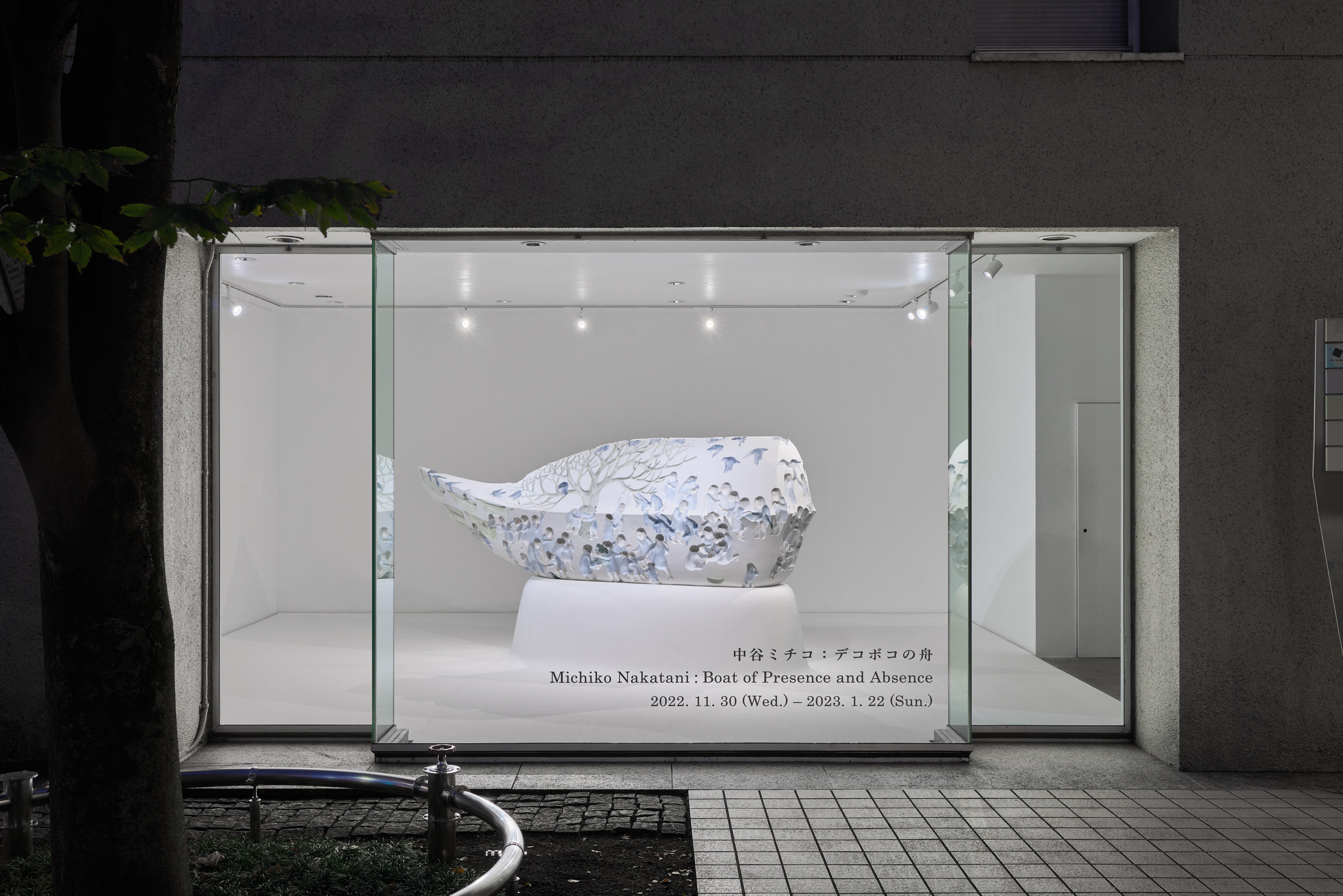
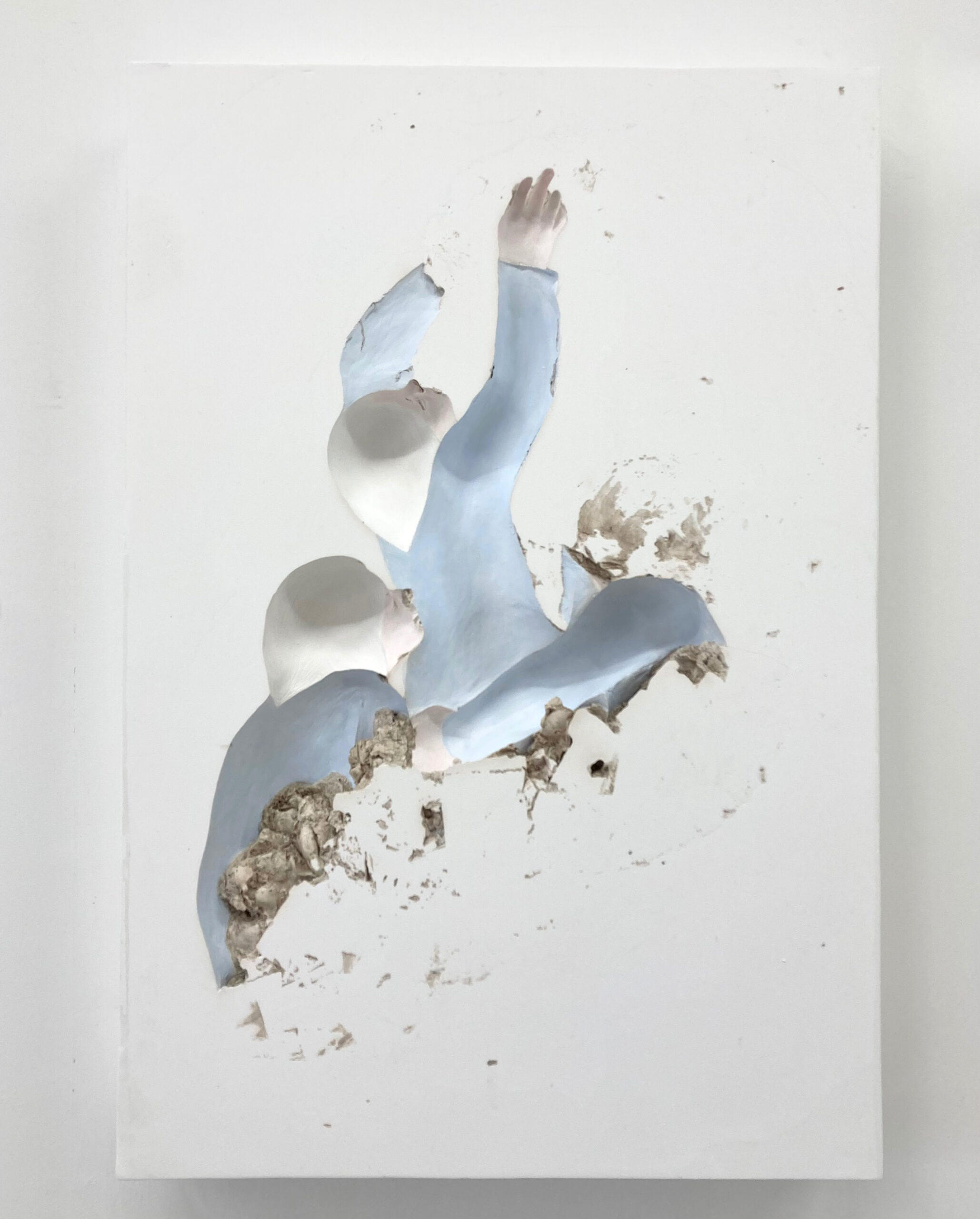
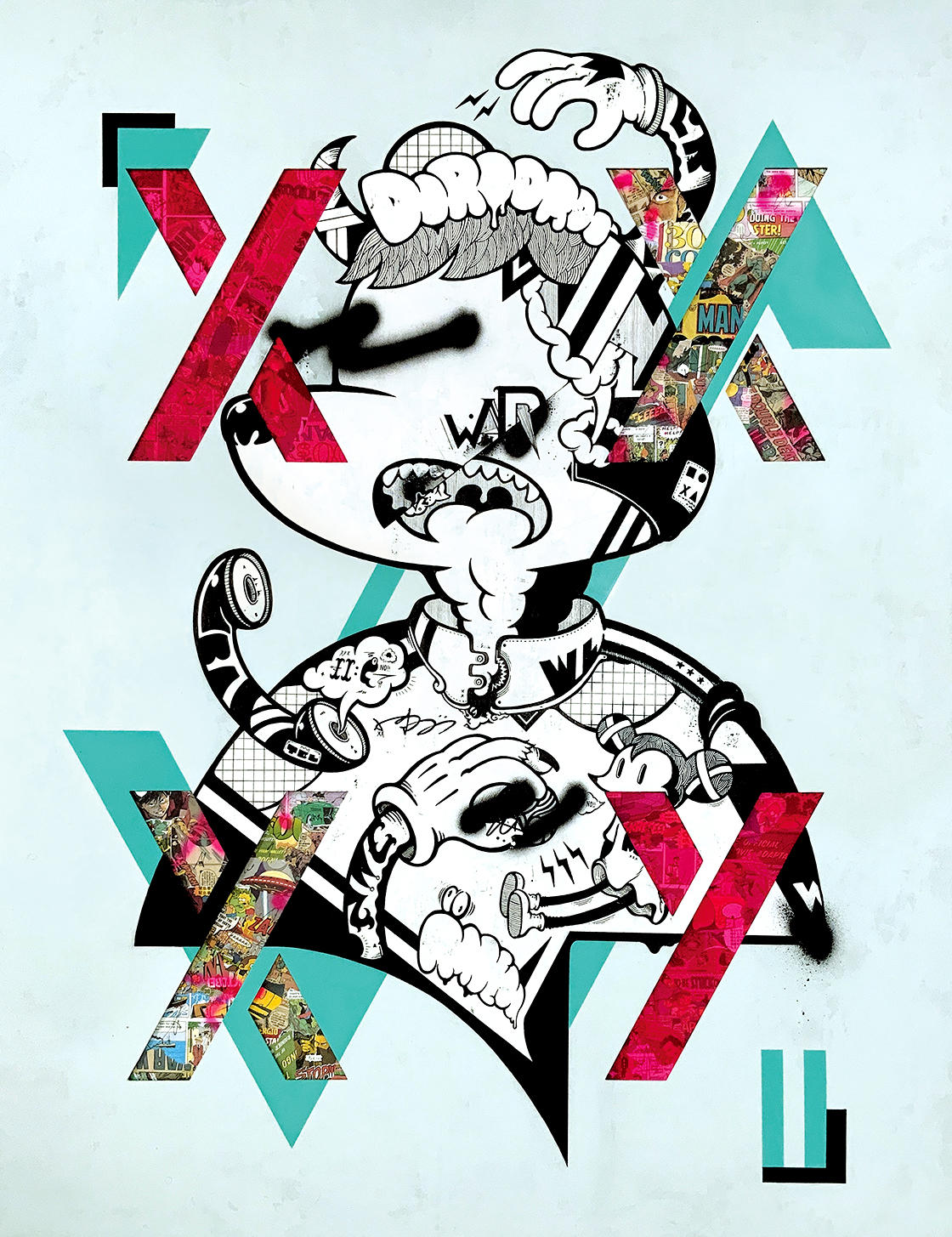

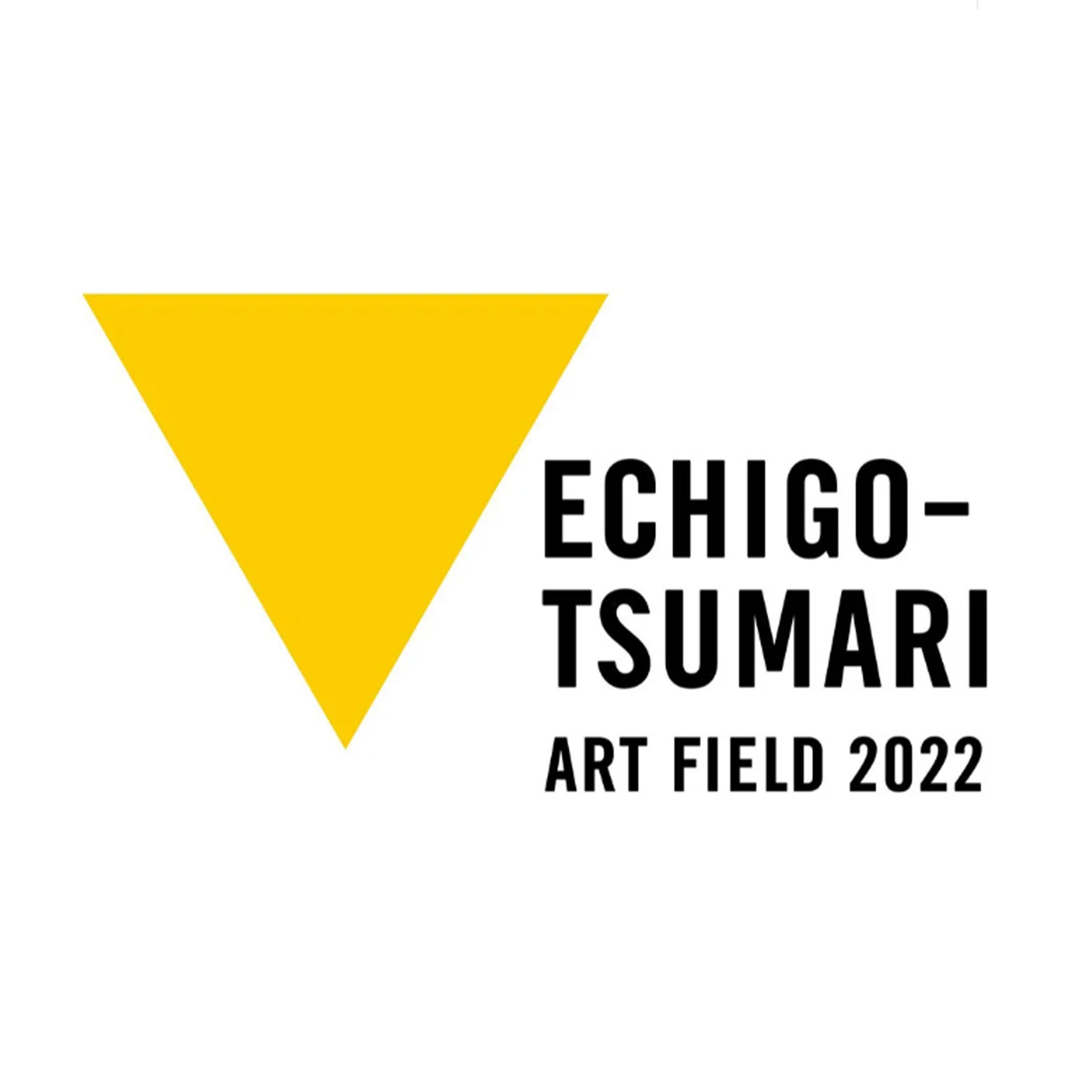
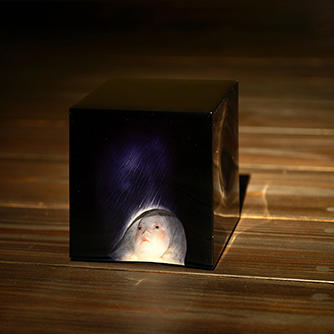
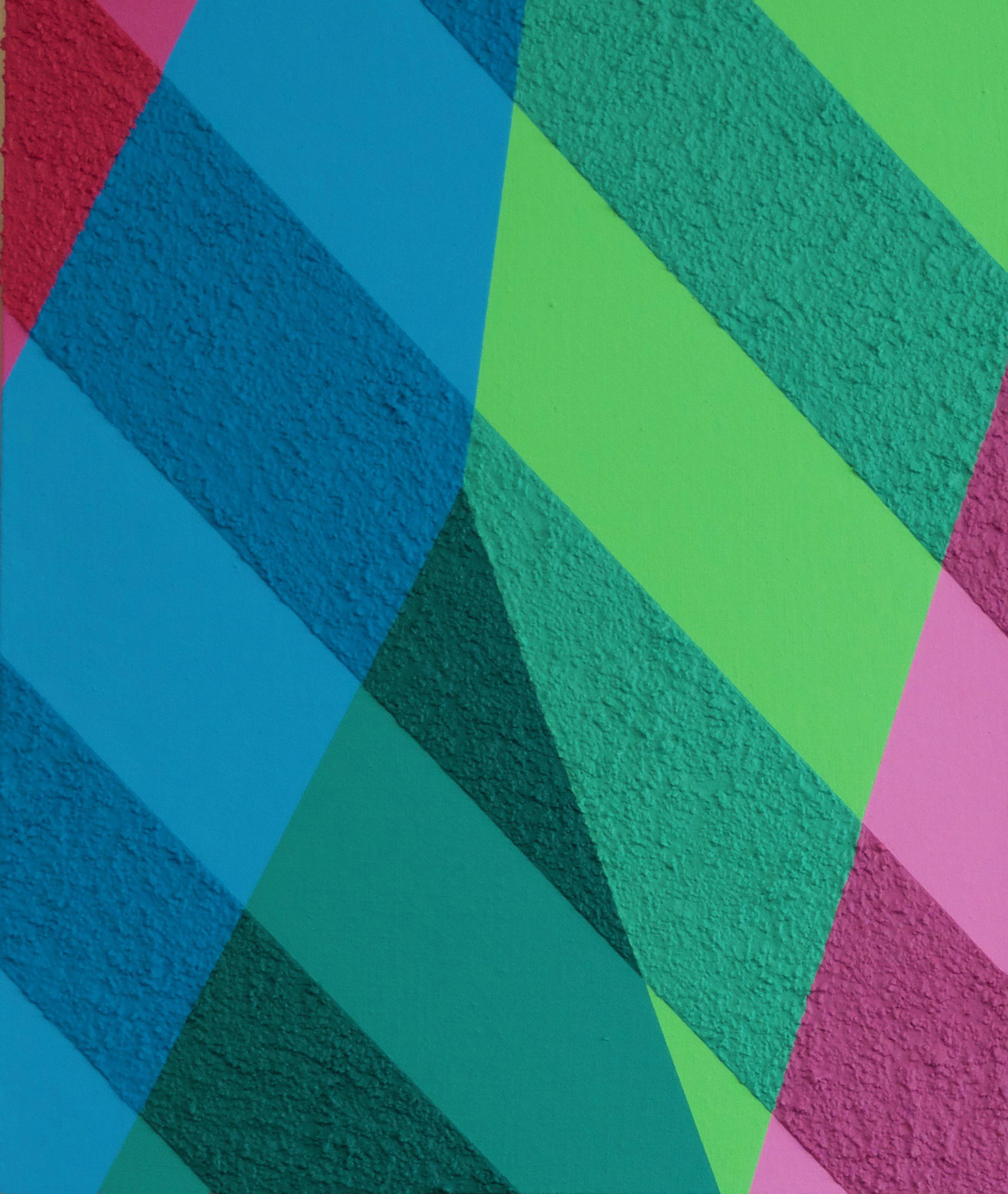
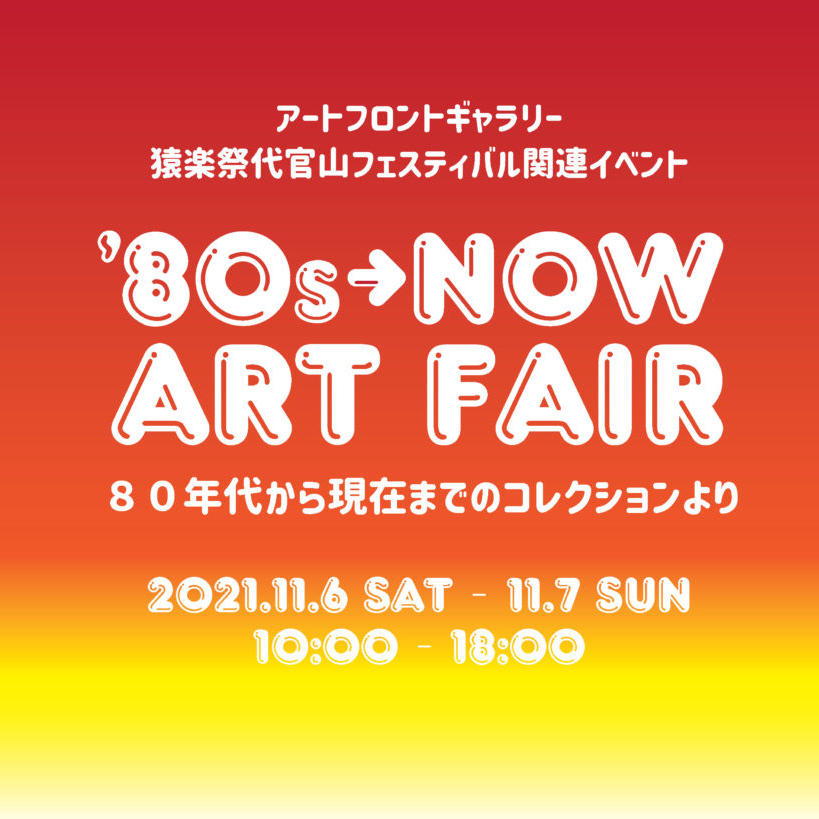
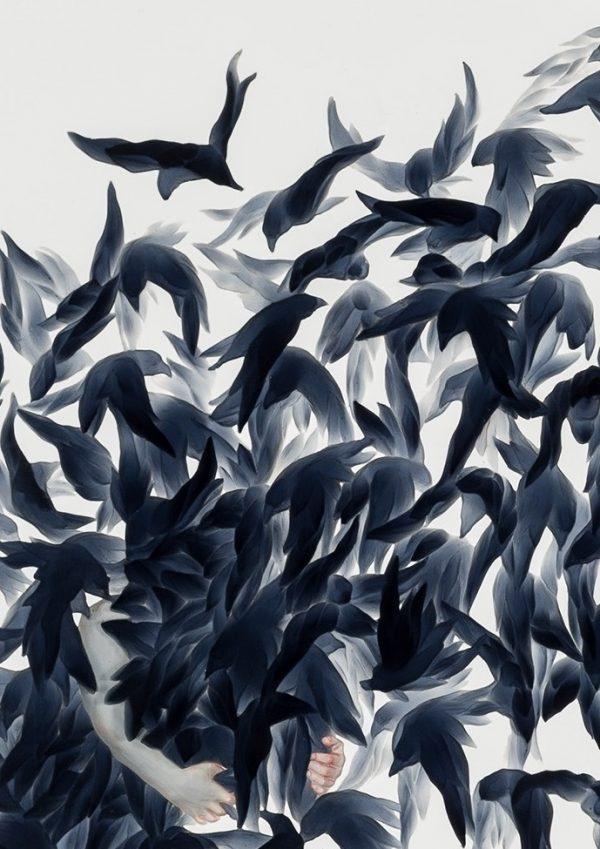
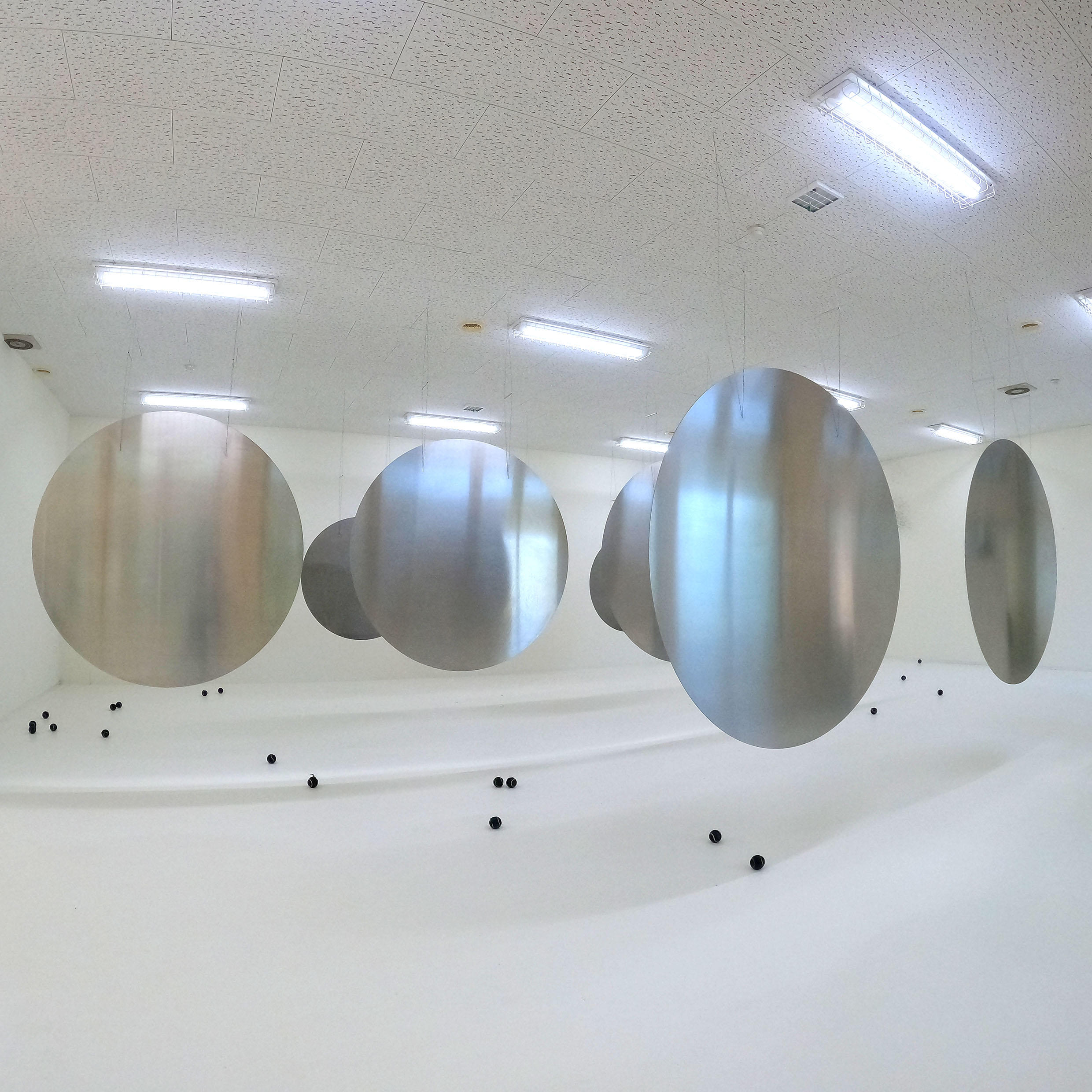
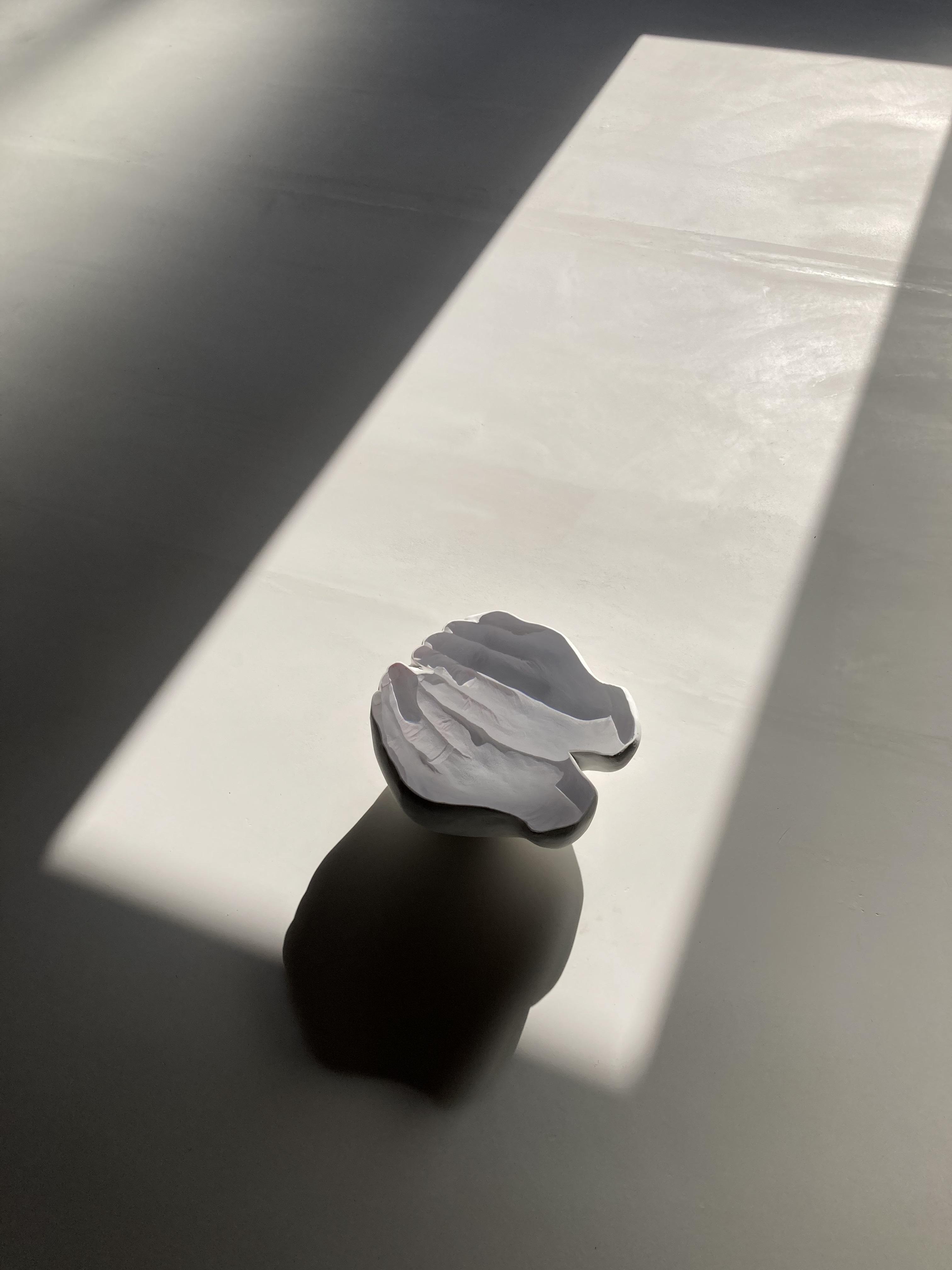
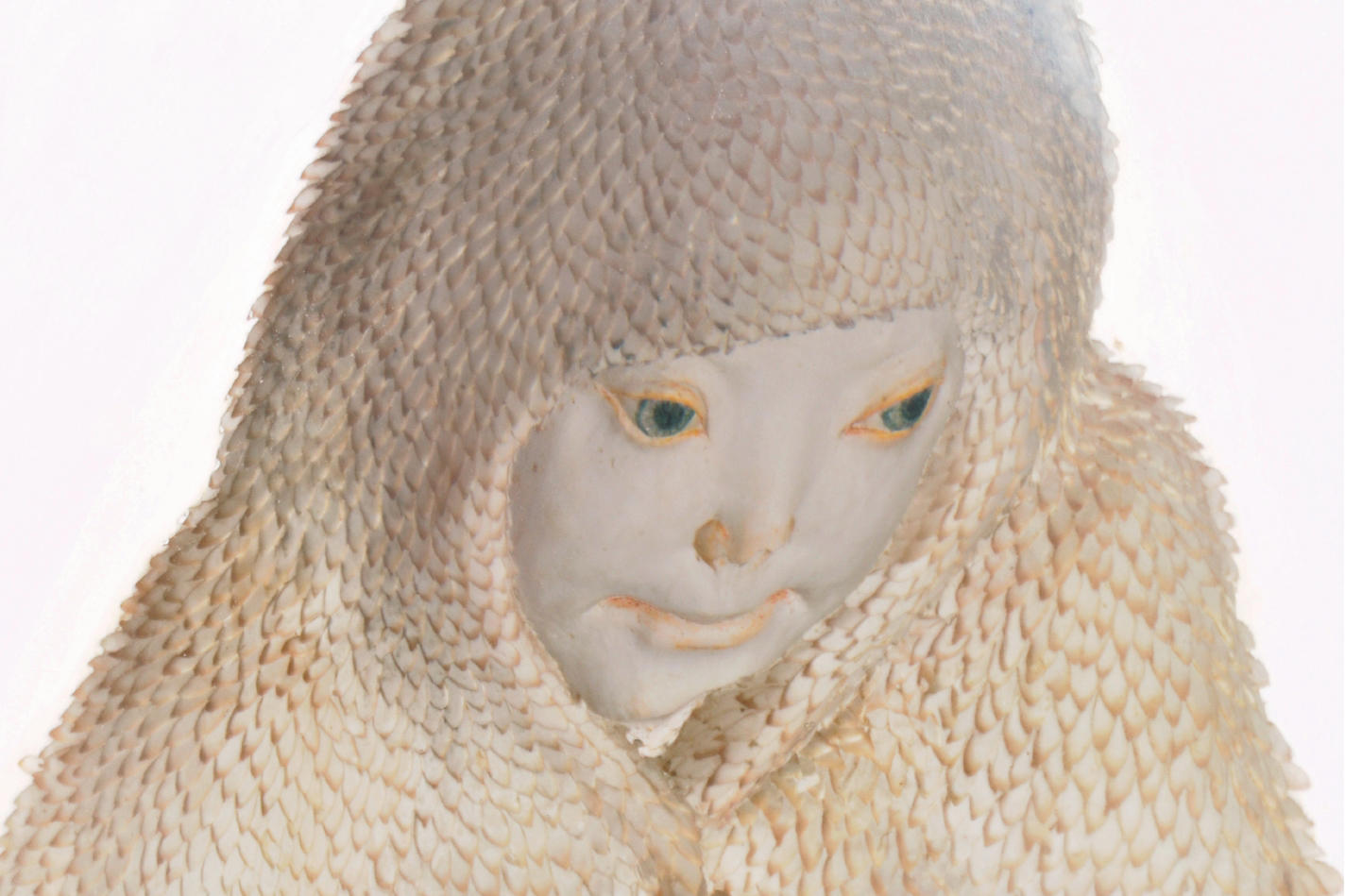
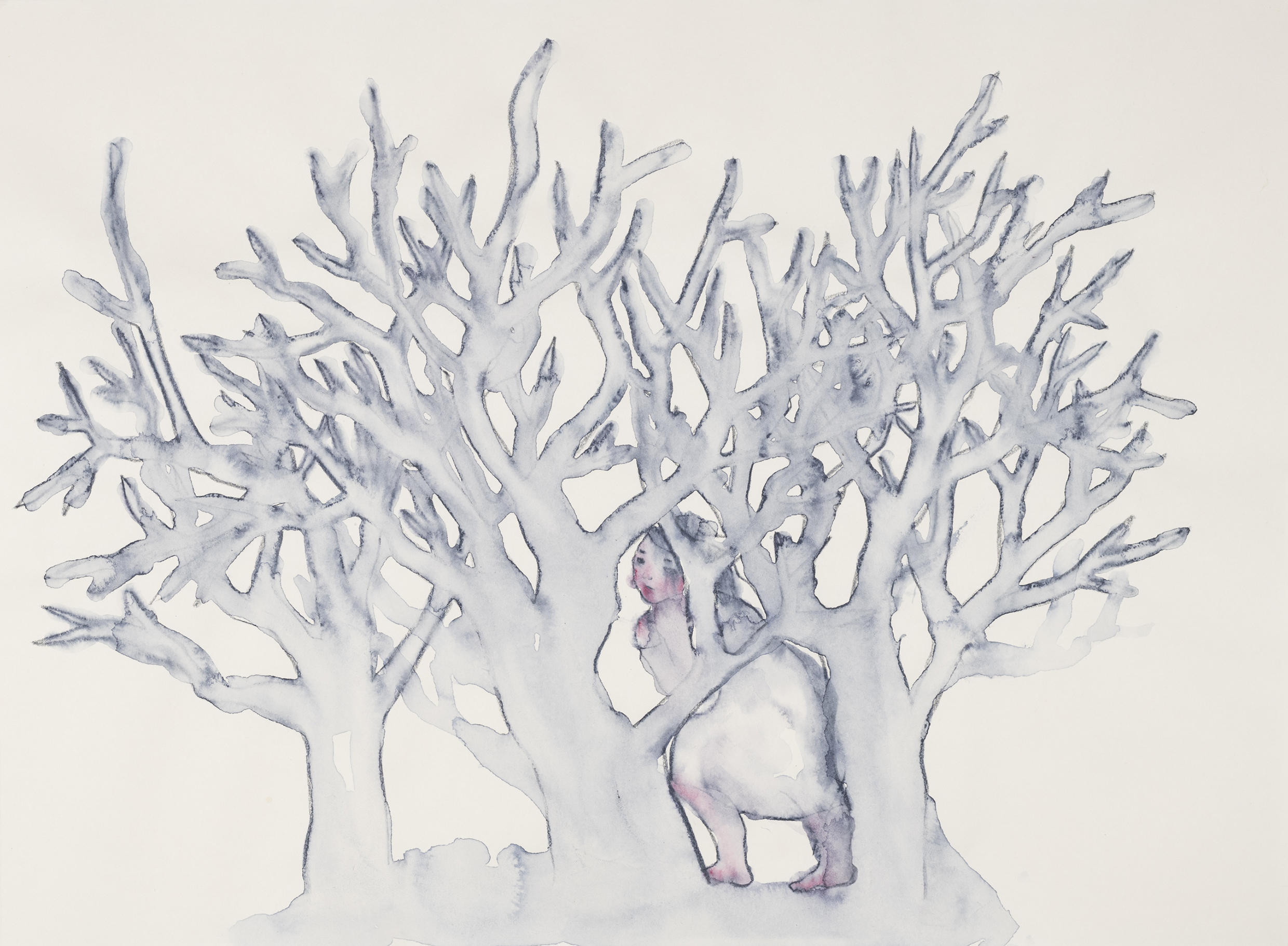
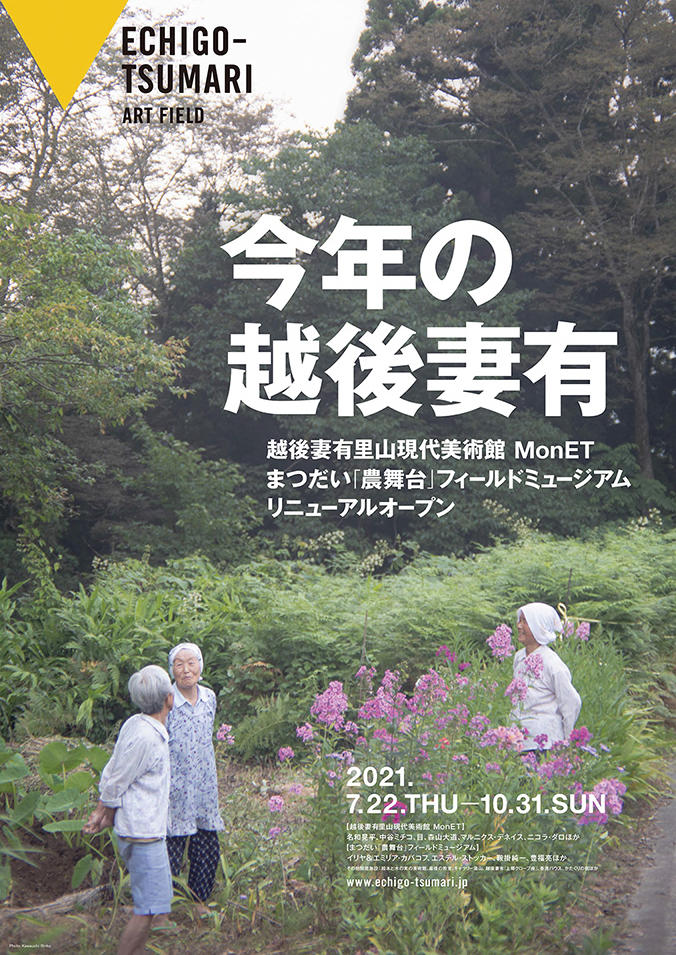
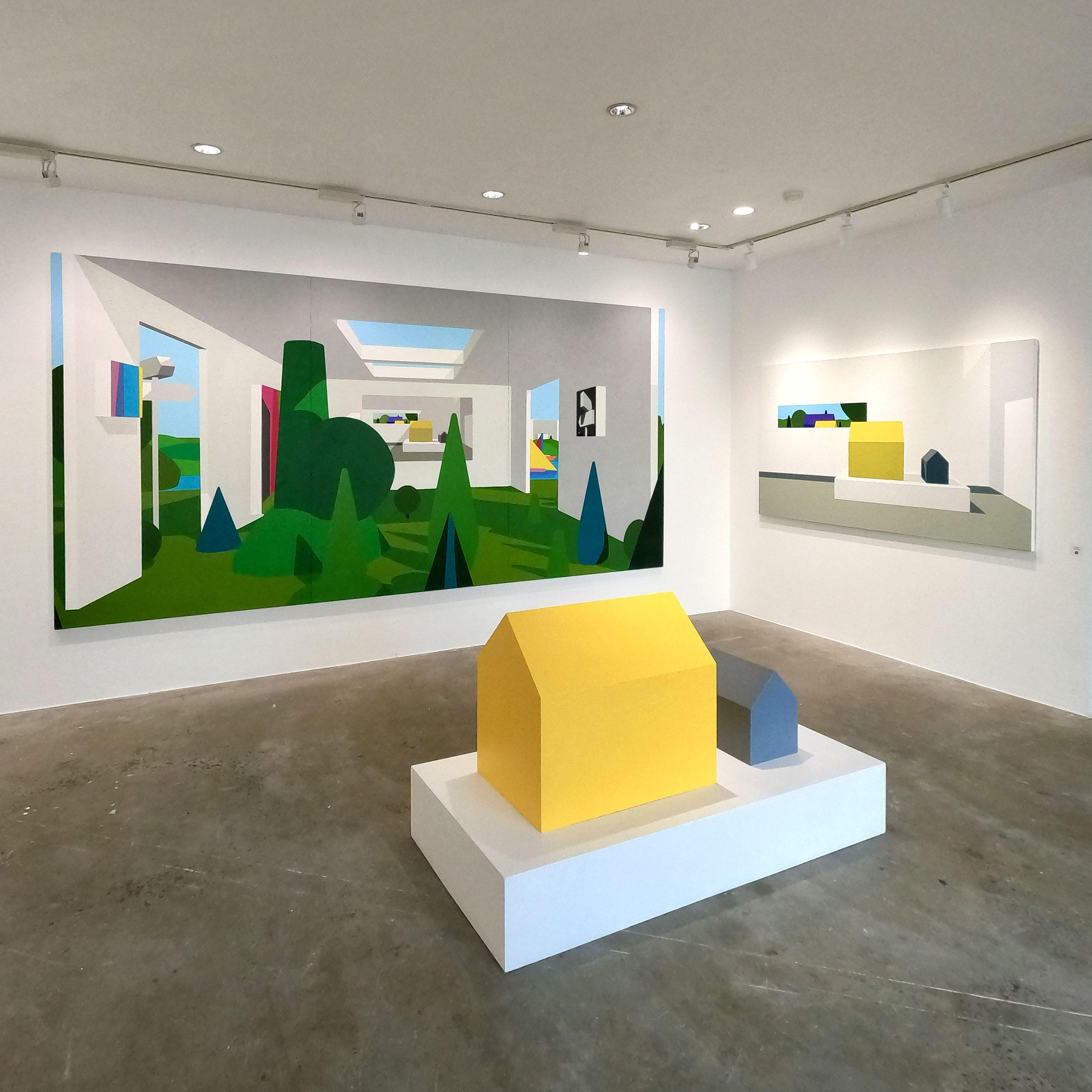
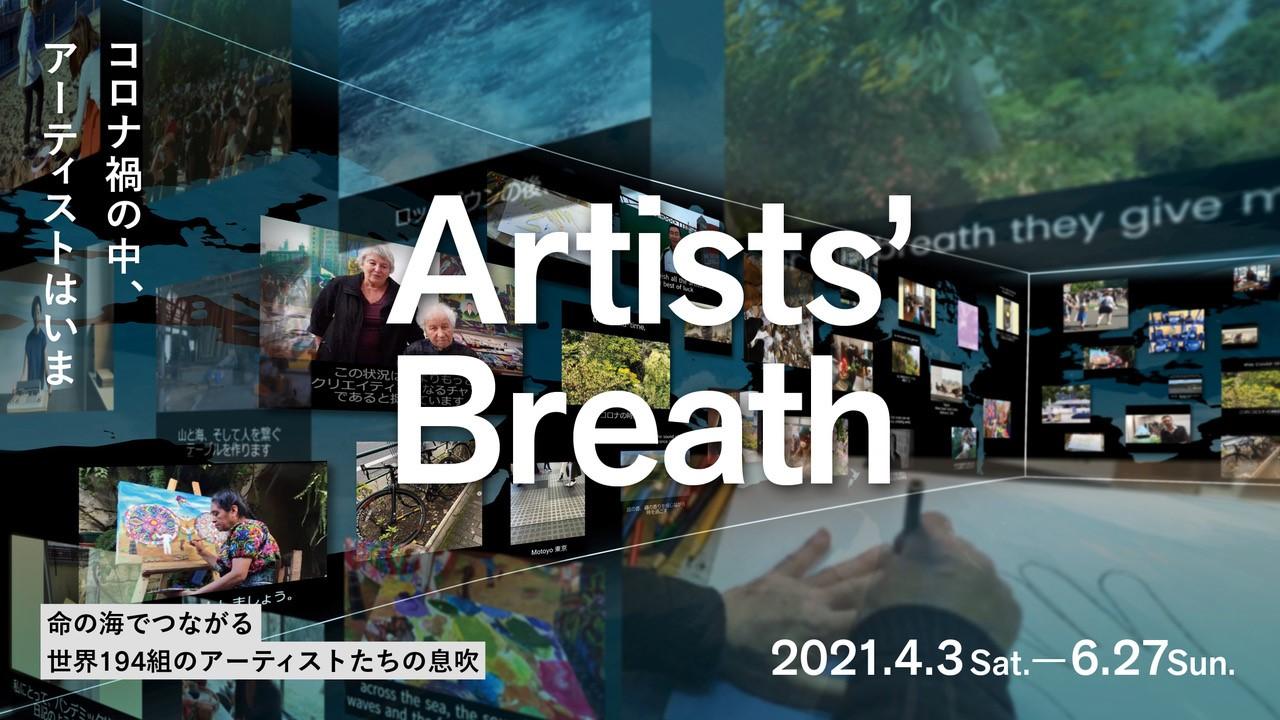
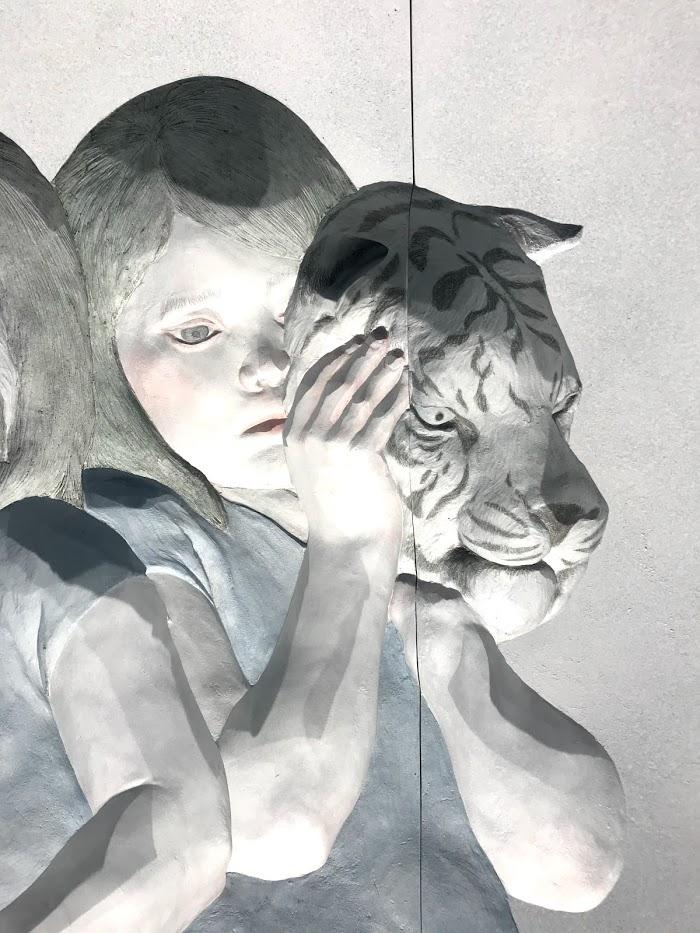
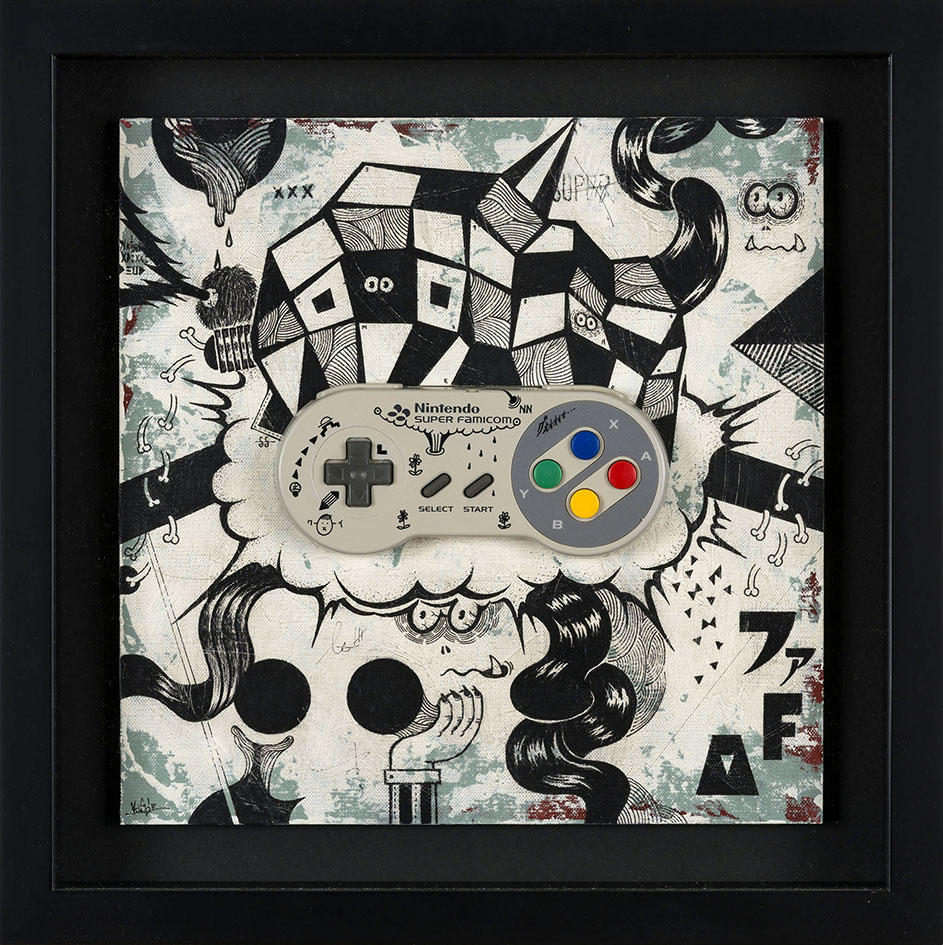
![[Artists Talk ] Michiko Nakatani x Chiharu Shiota @ 3331 Arts Chiyoda](https://artfrontgallery.com/whatsnew/assets_c/2021/01/c9bf623470ee65280361b646d29b6fc4aa1b768c-thumb-821x615-8367.jpg)
![[Review] Michiko Nakatani: What a Tree Dreams(Hitoshi Nakano, Curator)](https://artfrontgallery.com/whatsnew/assets_c/2020/10/e9b4928f05bafc70efcd6b662c58db5d7940bcbe-thumb-1772x1772-8128.jpg)
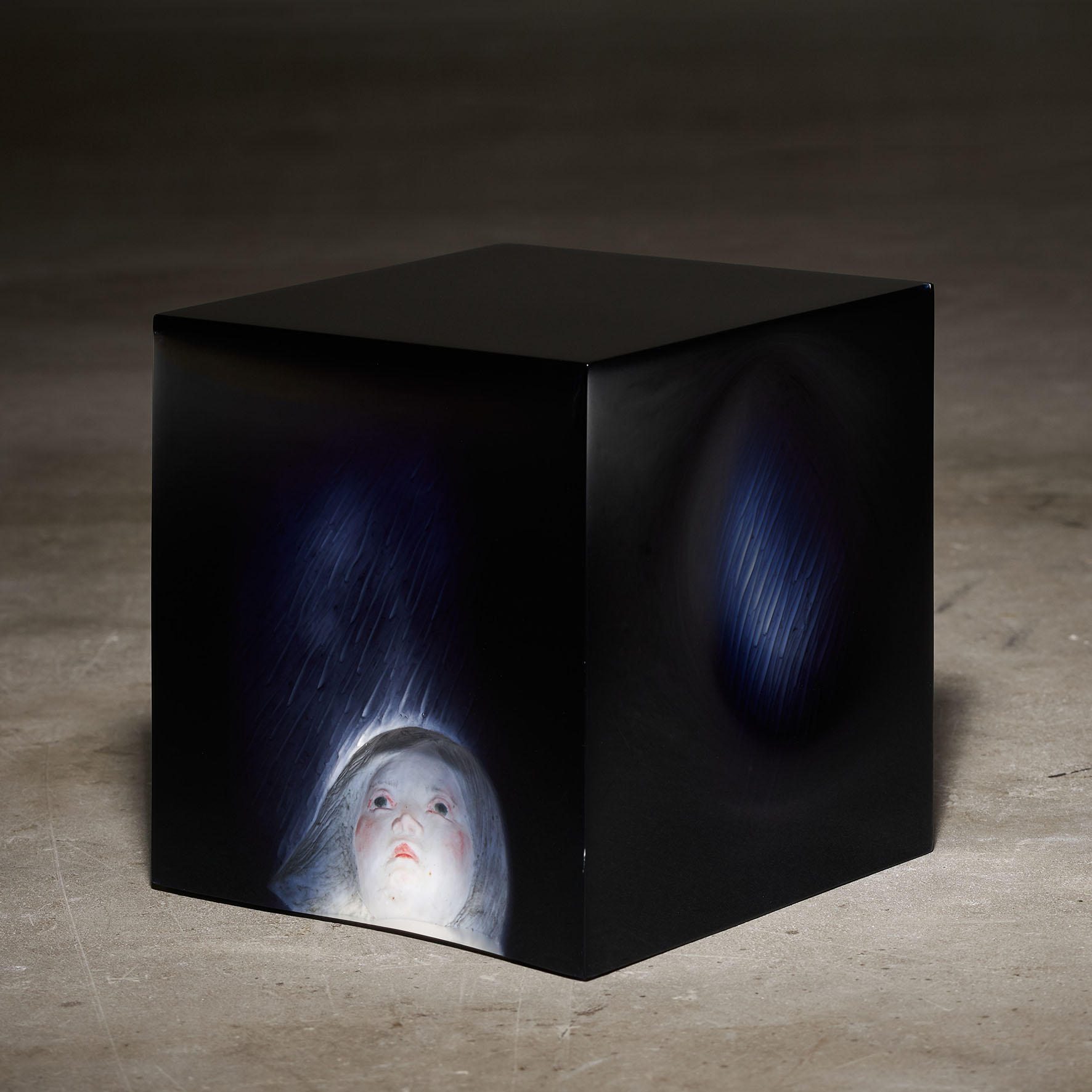
![[Oct. 9] Art Front Selection 2020 autumn : Temporarily closed](https://artfrontgallery.com/whatsnew/assets_c/2020/10/3ebd832ad43ca0ffa8a63682bb49b2fe5258a439-thumb-2444x2444-8076.jpg)
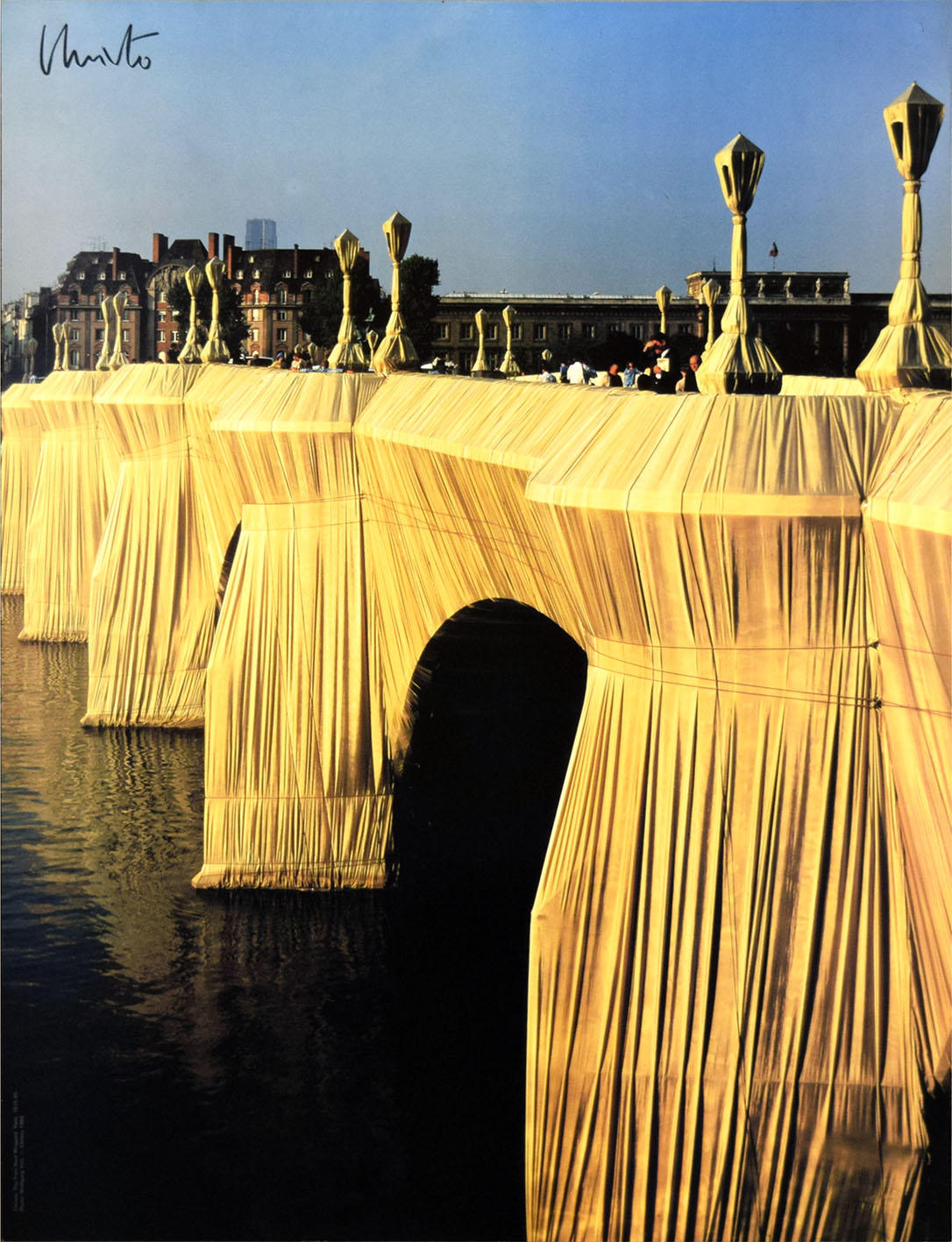
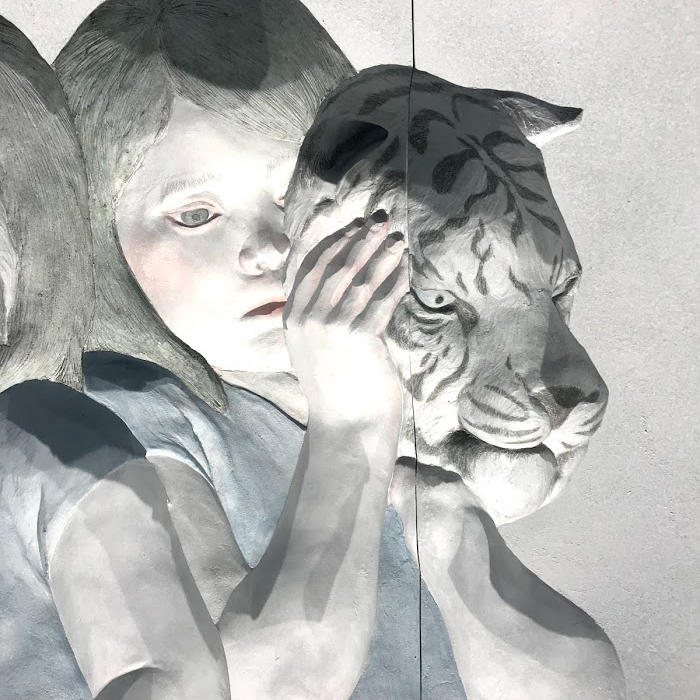
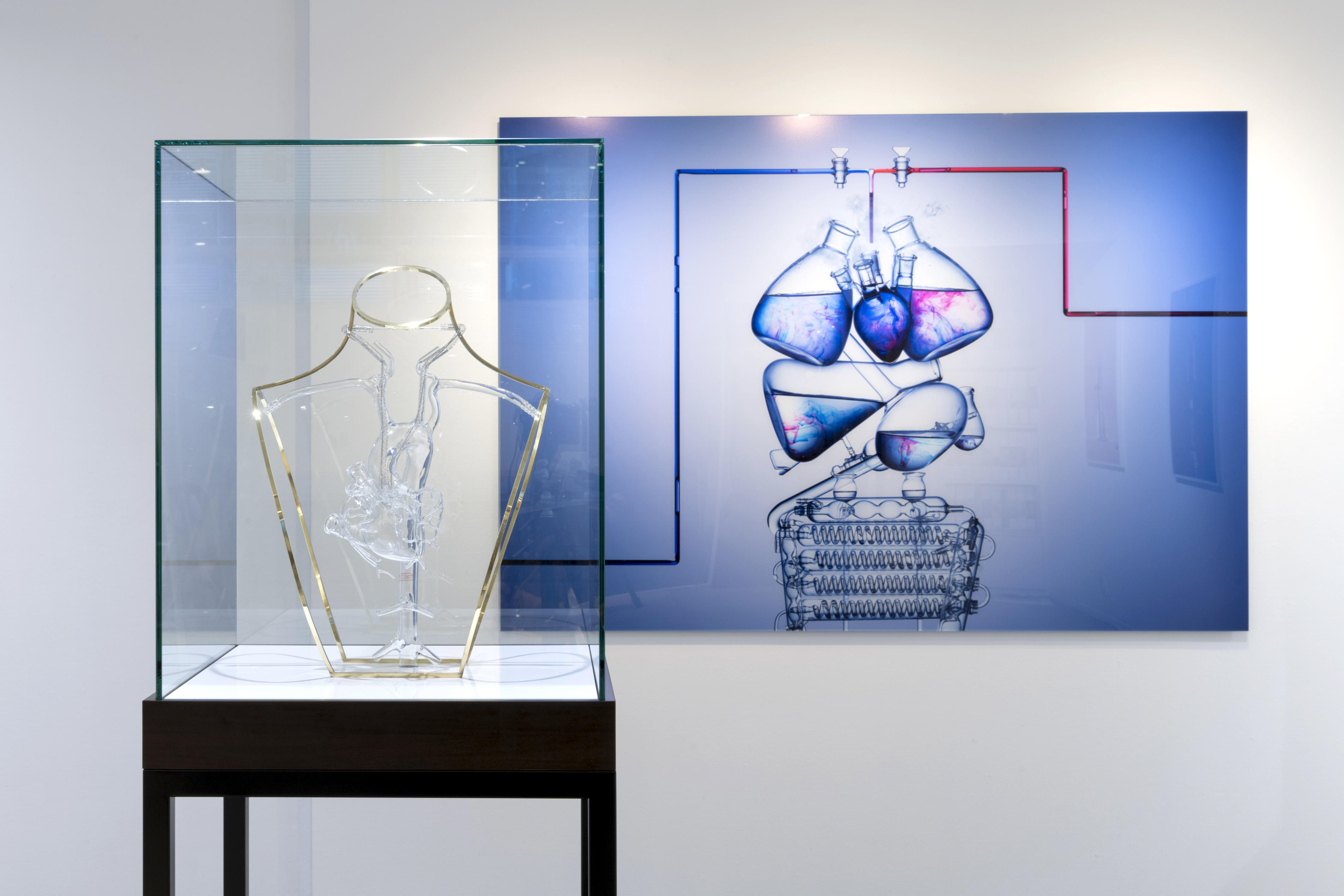
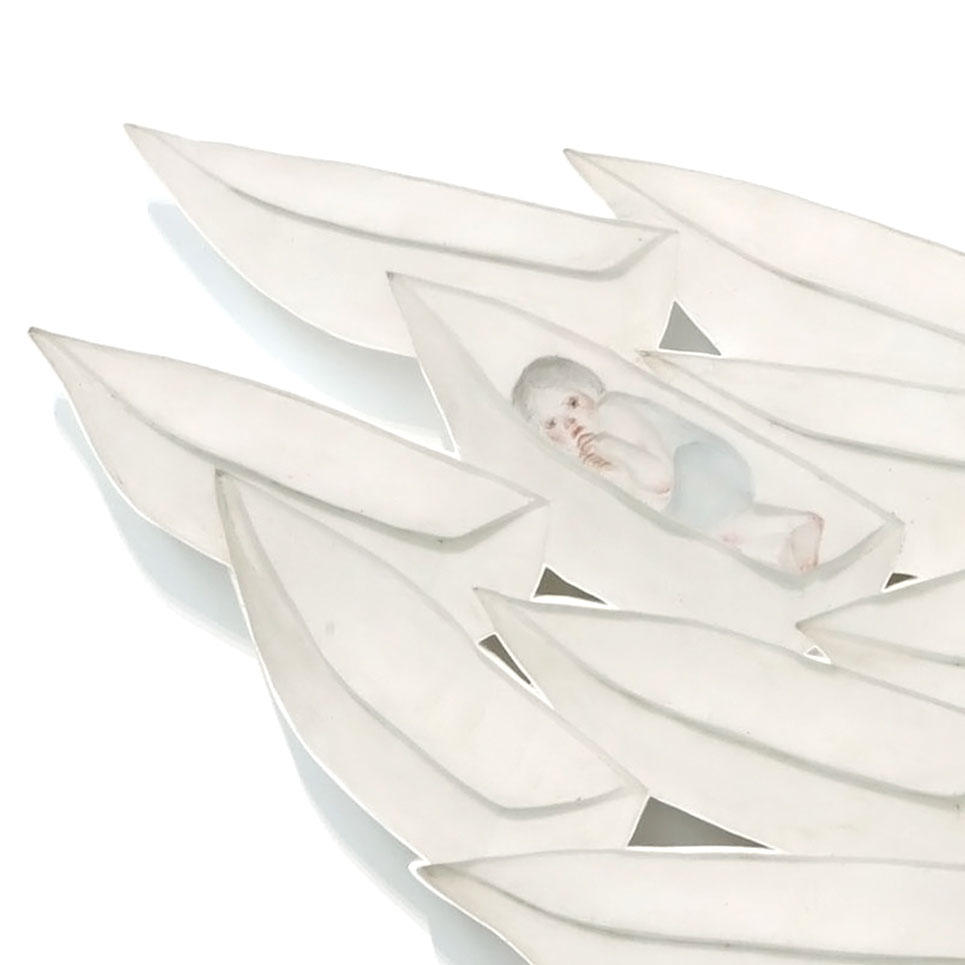
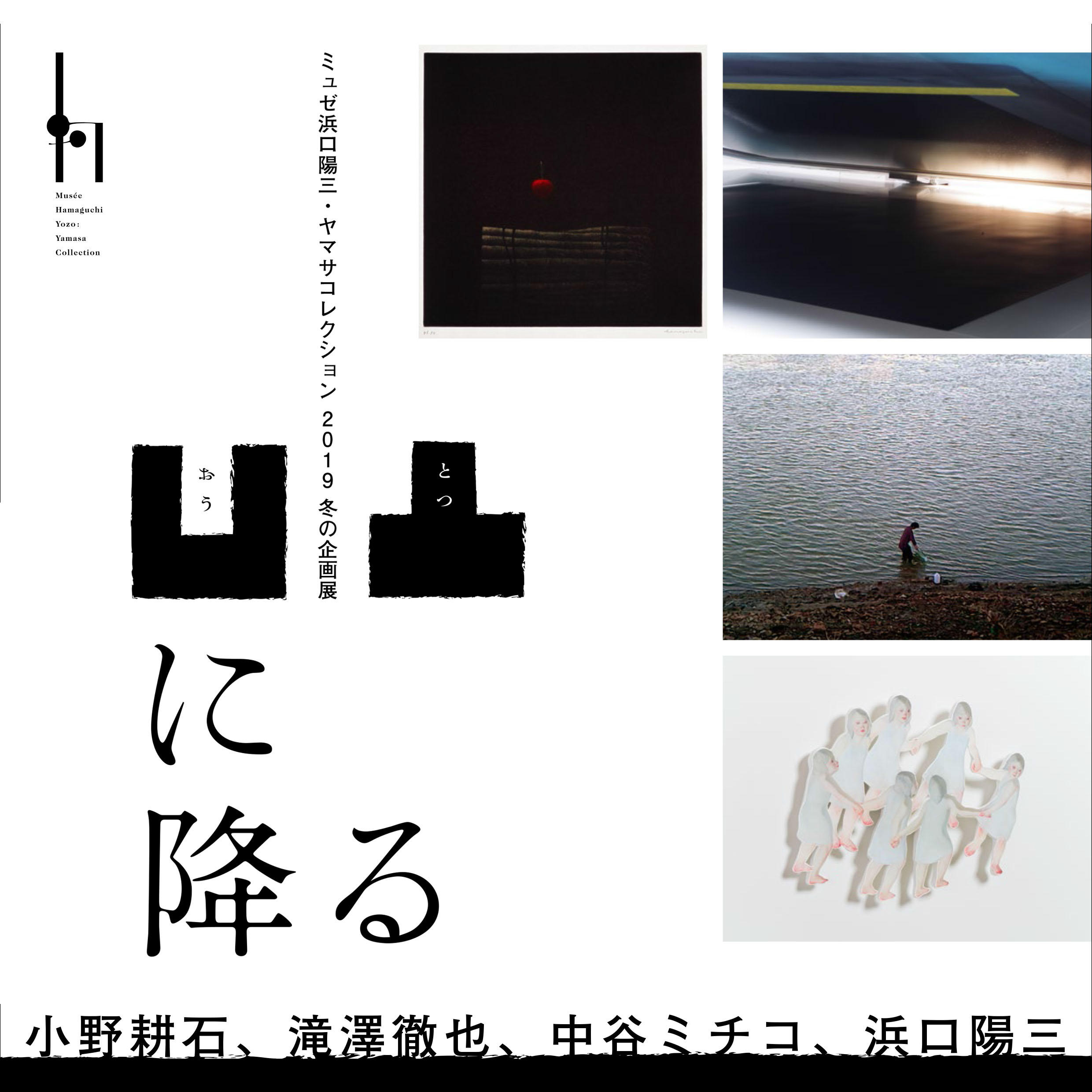
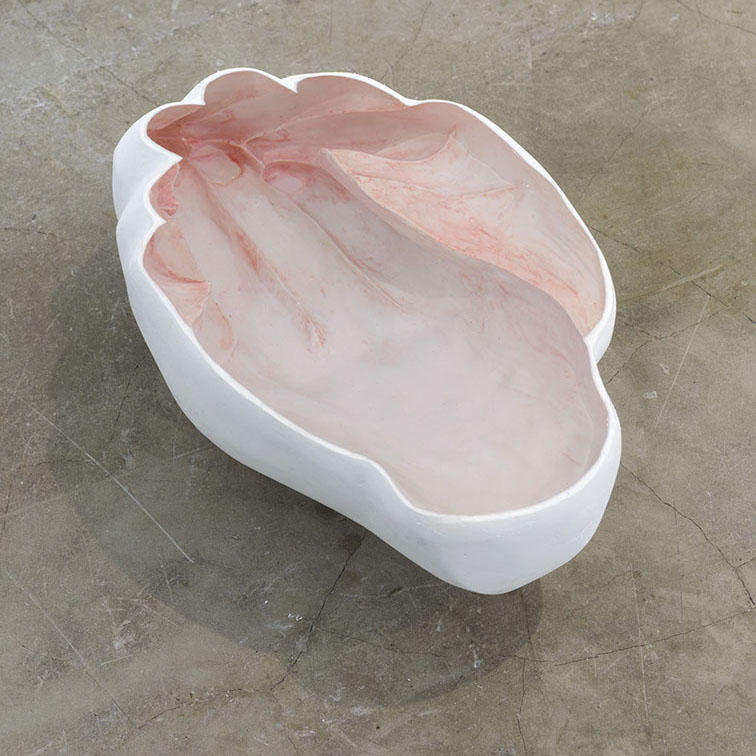
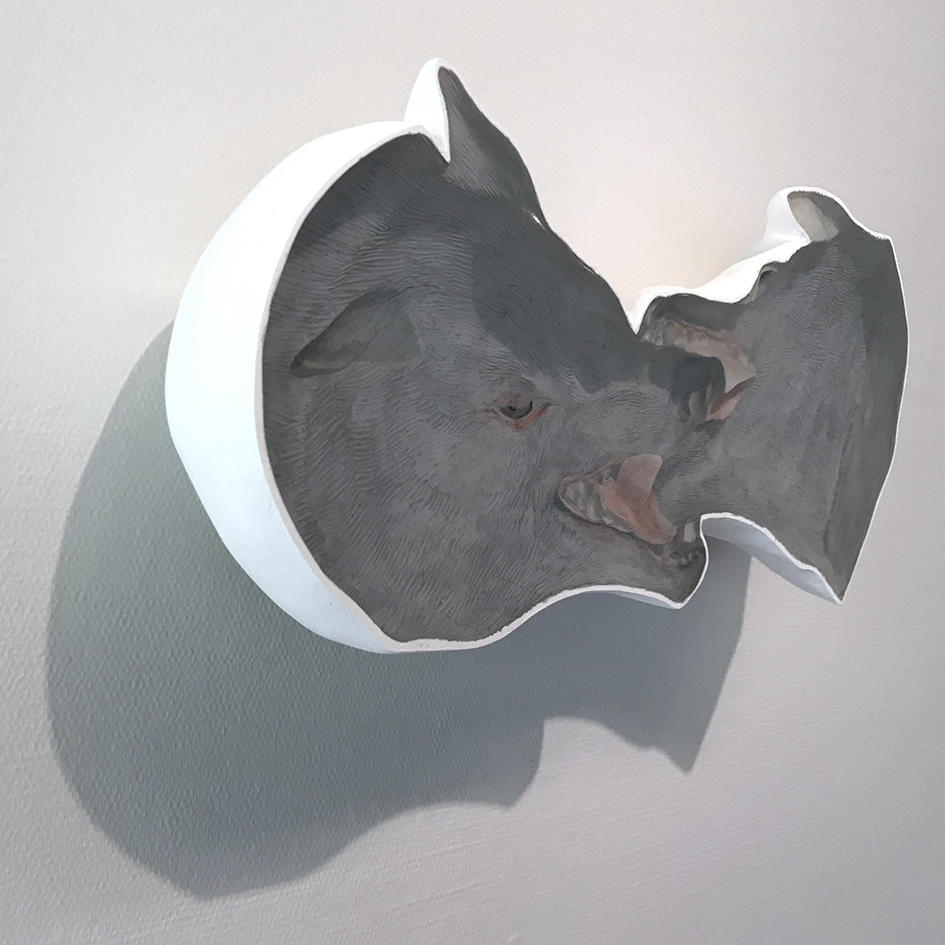
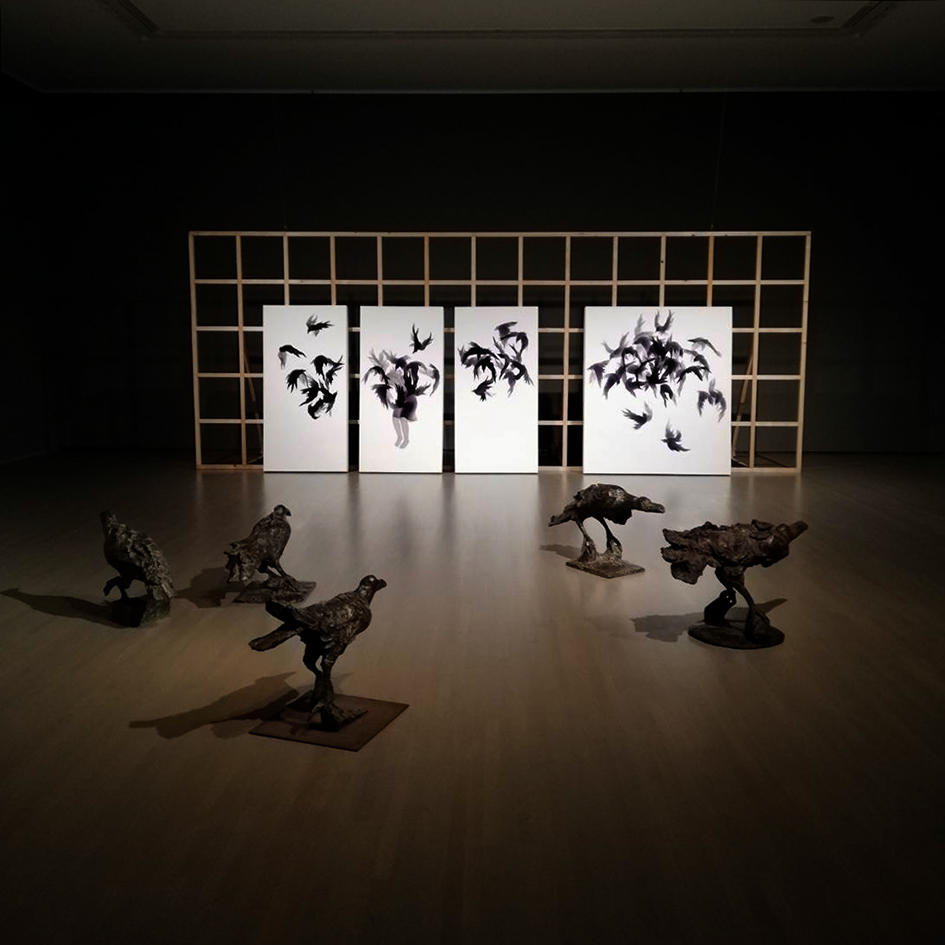



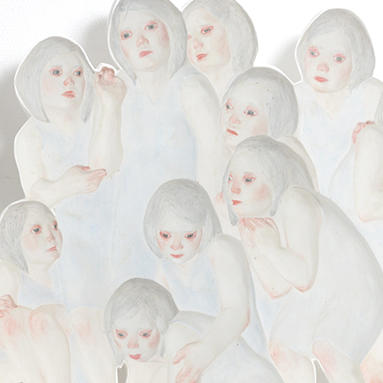
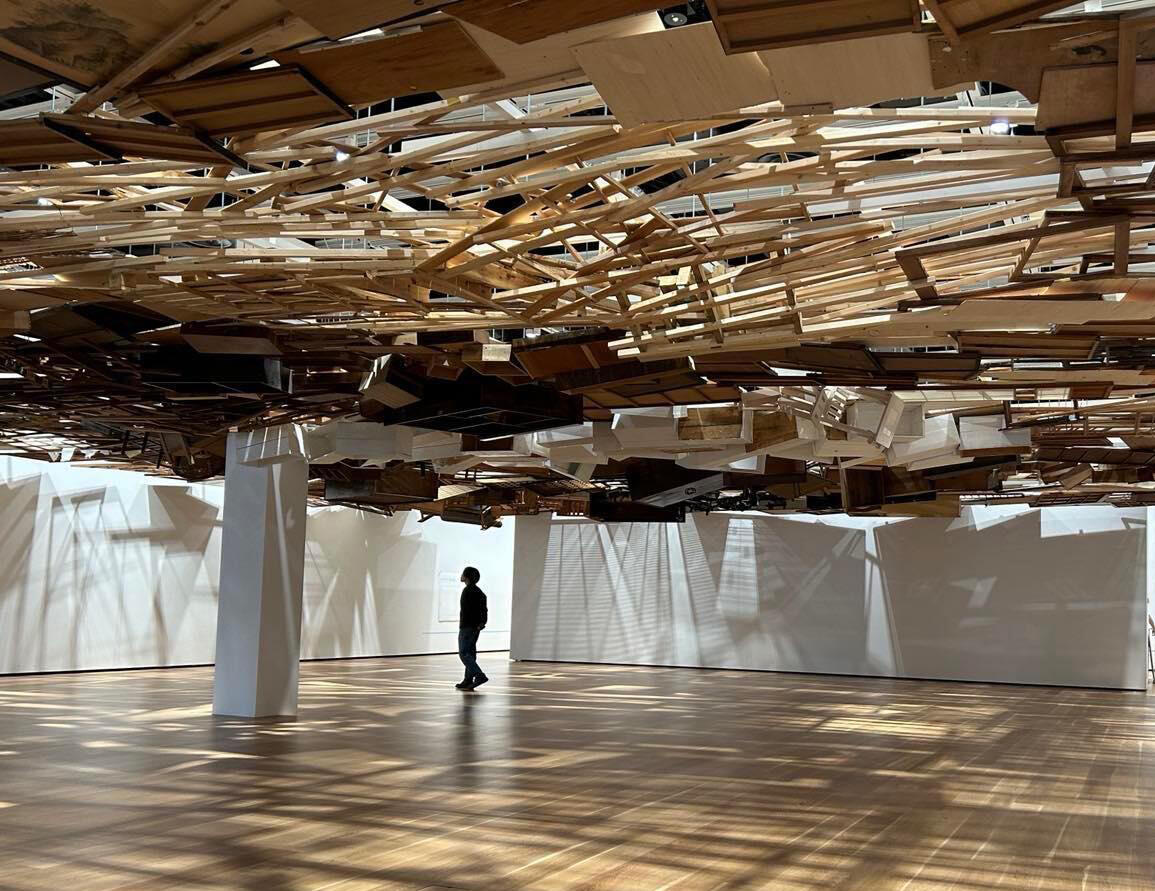
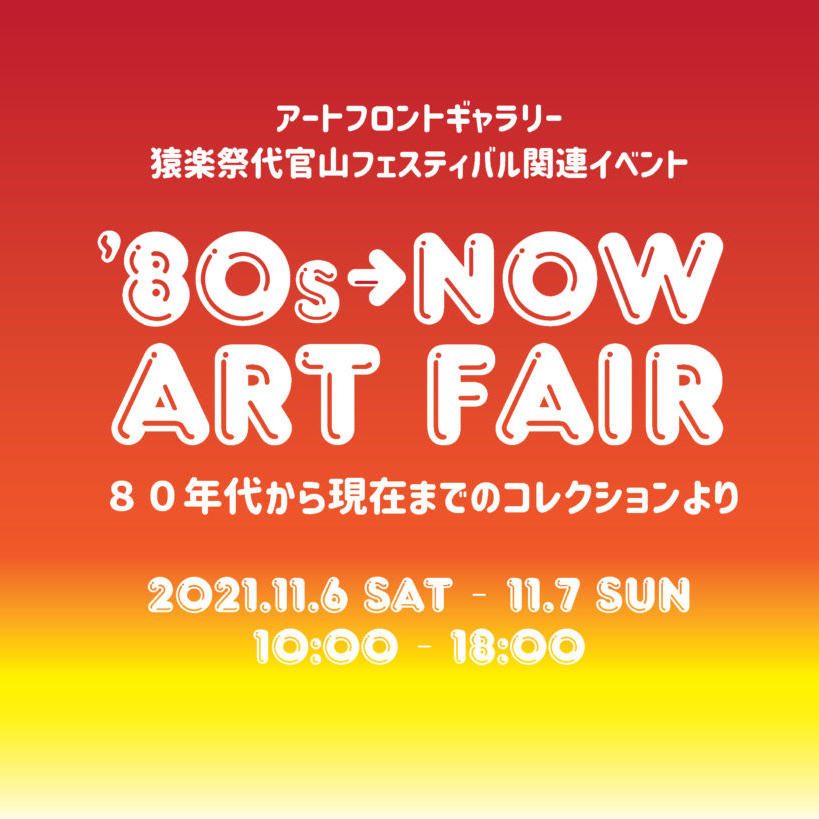
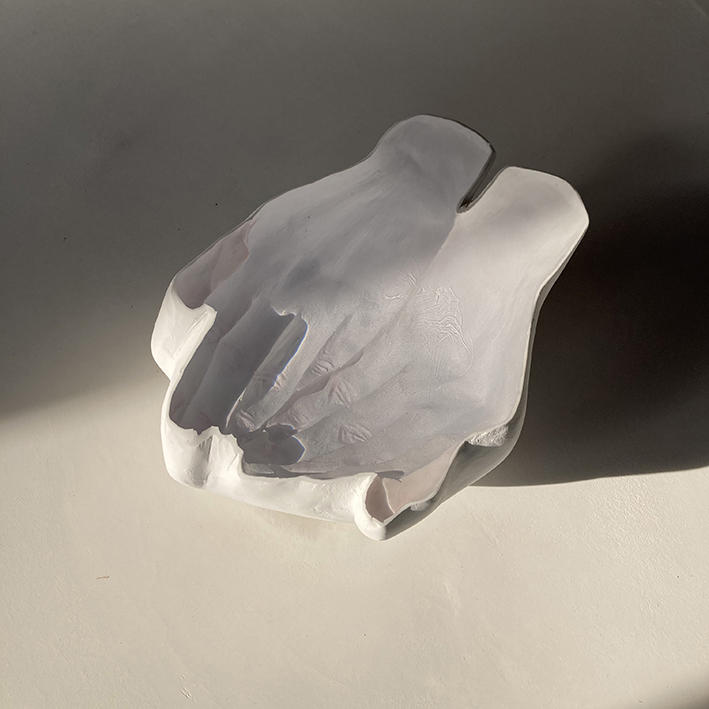
![[Review] Michiko Nakatani: What a Tree Dreams](https://artfrontgallery.com/project/img/2efa67dac4df626563728a4d5bf2c8fb120c7d57.jpg)
